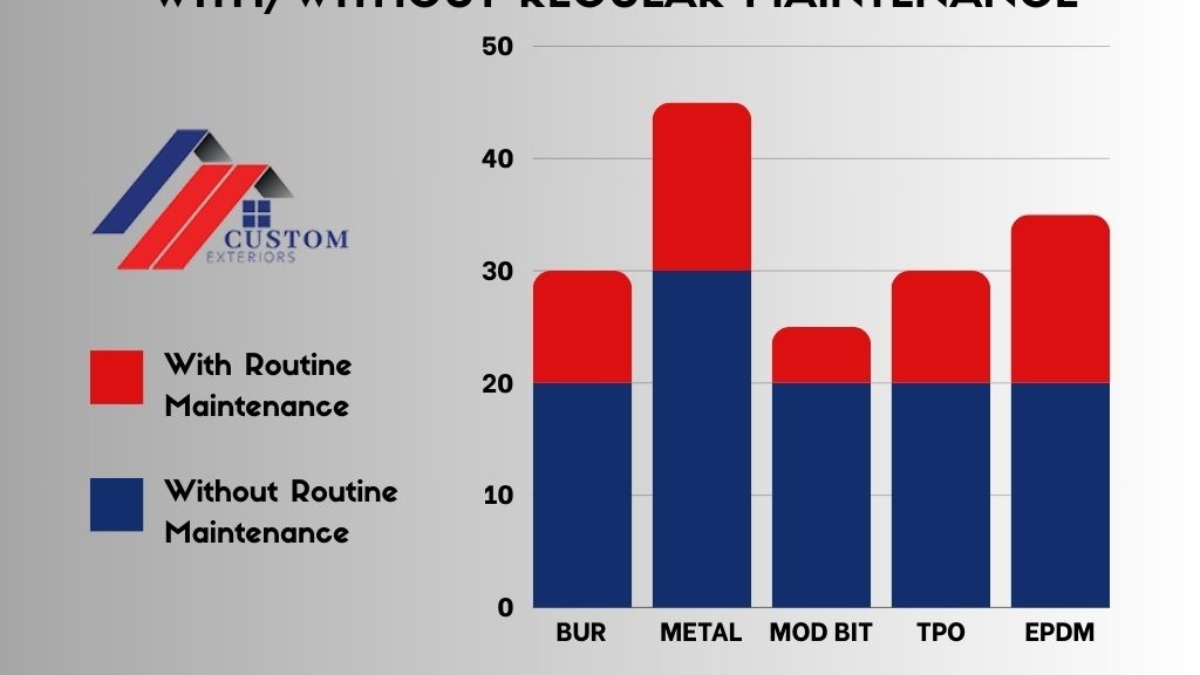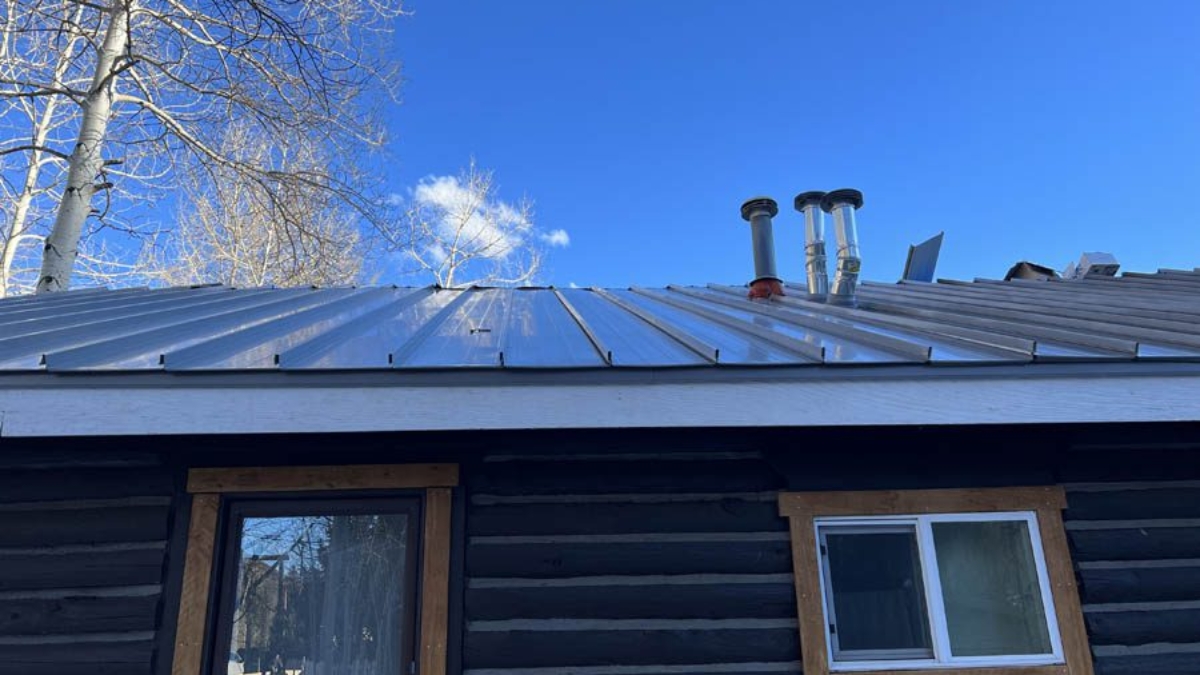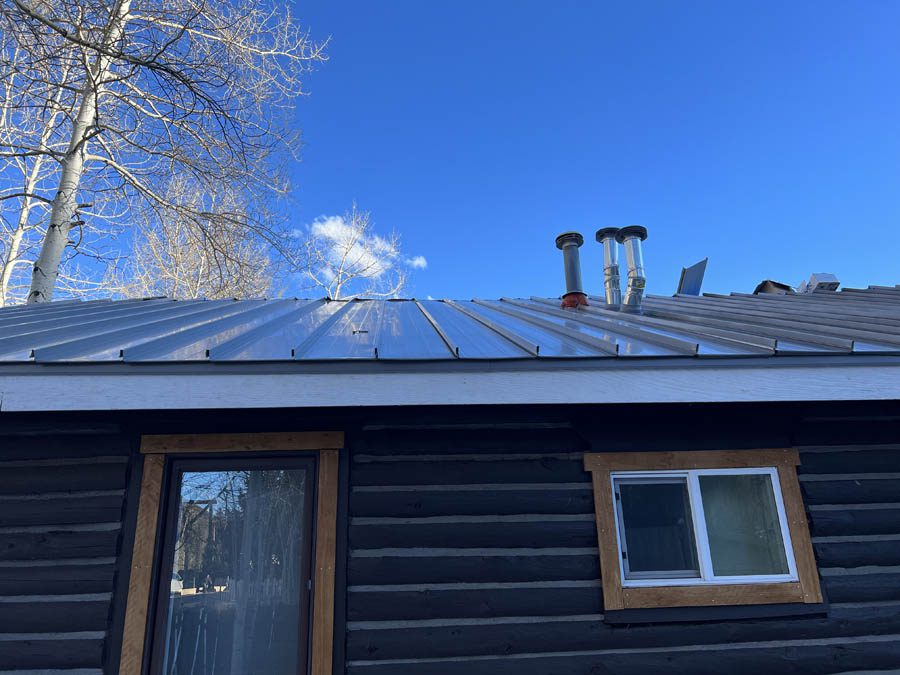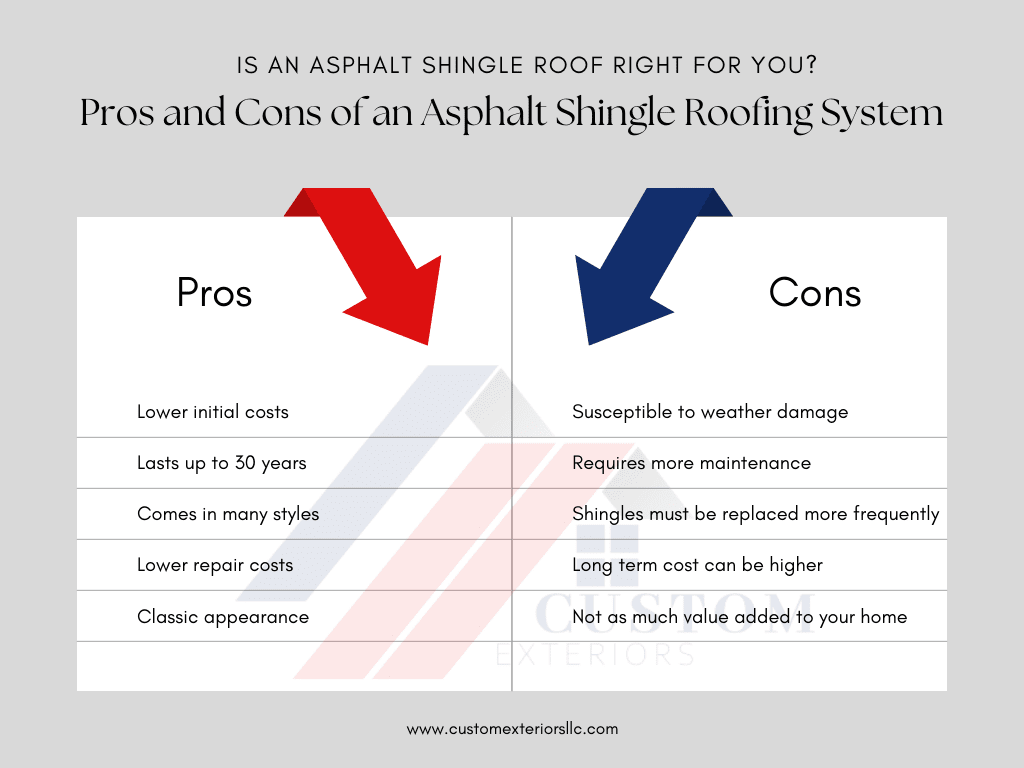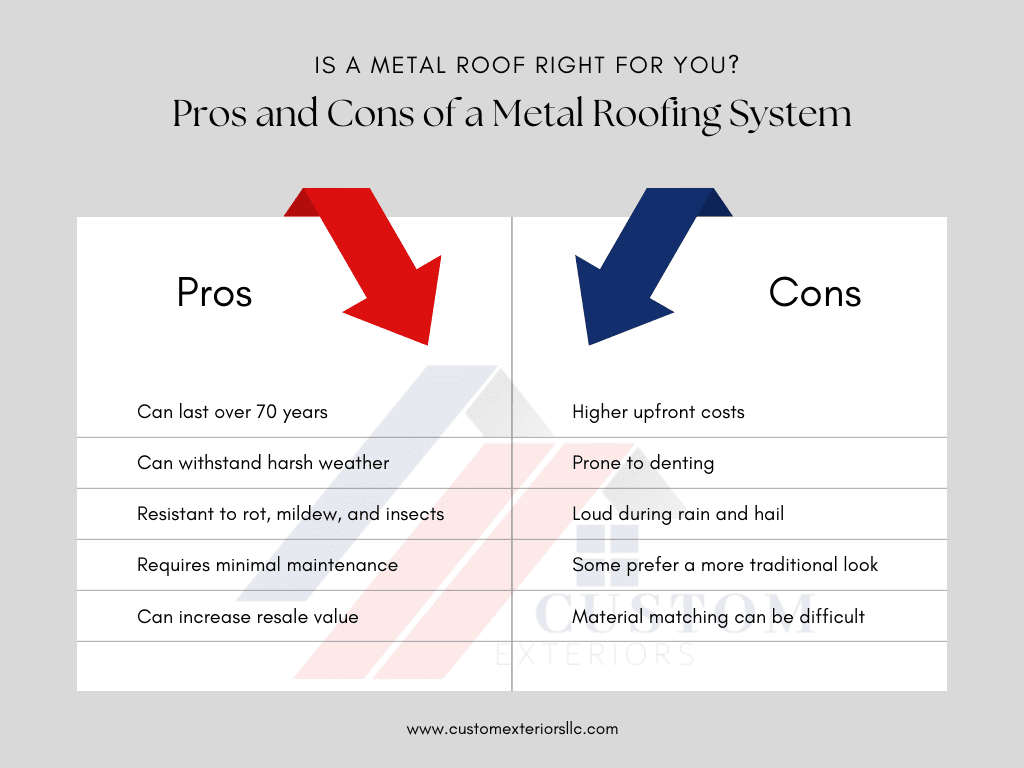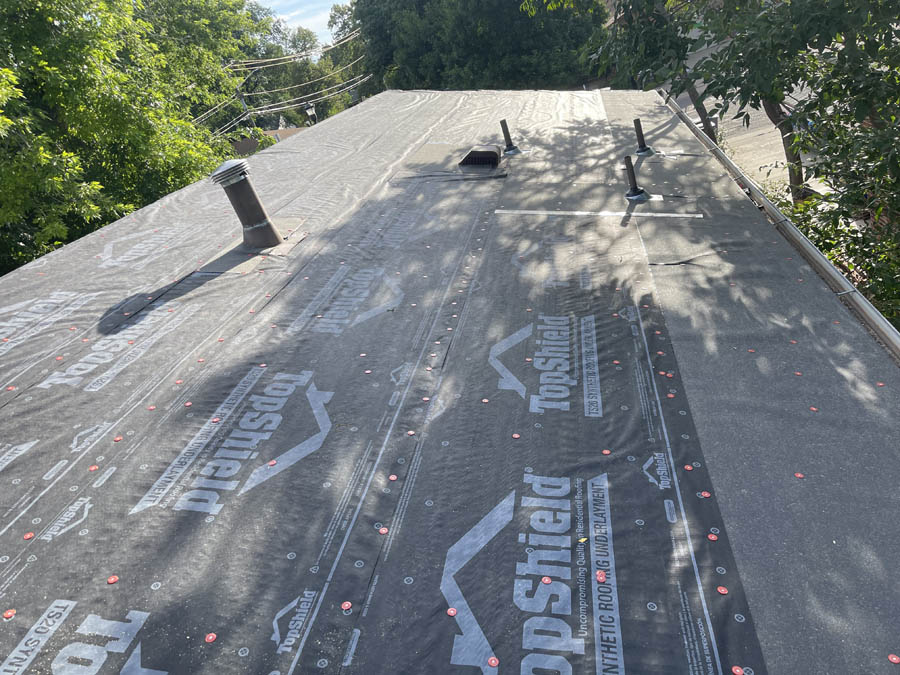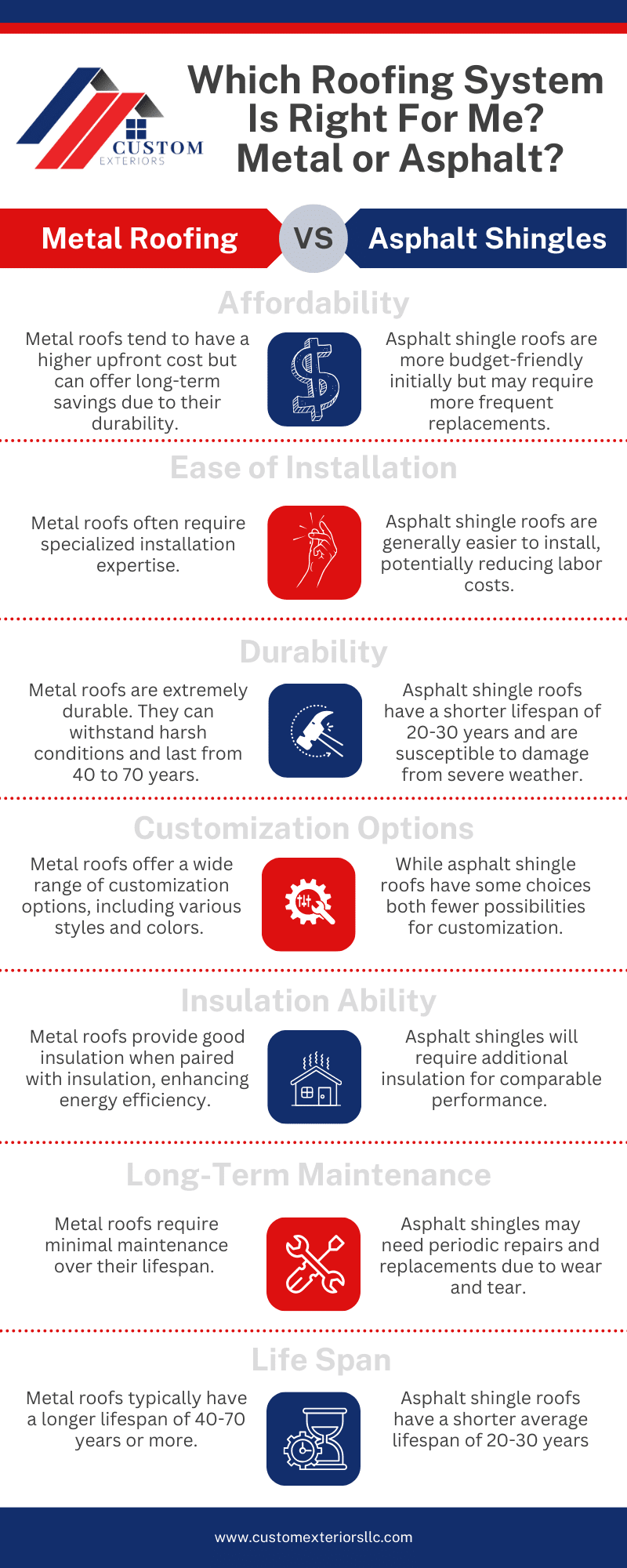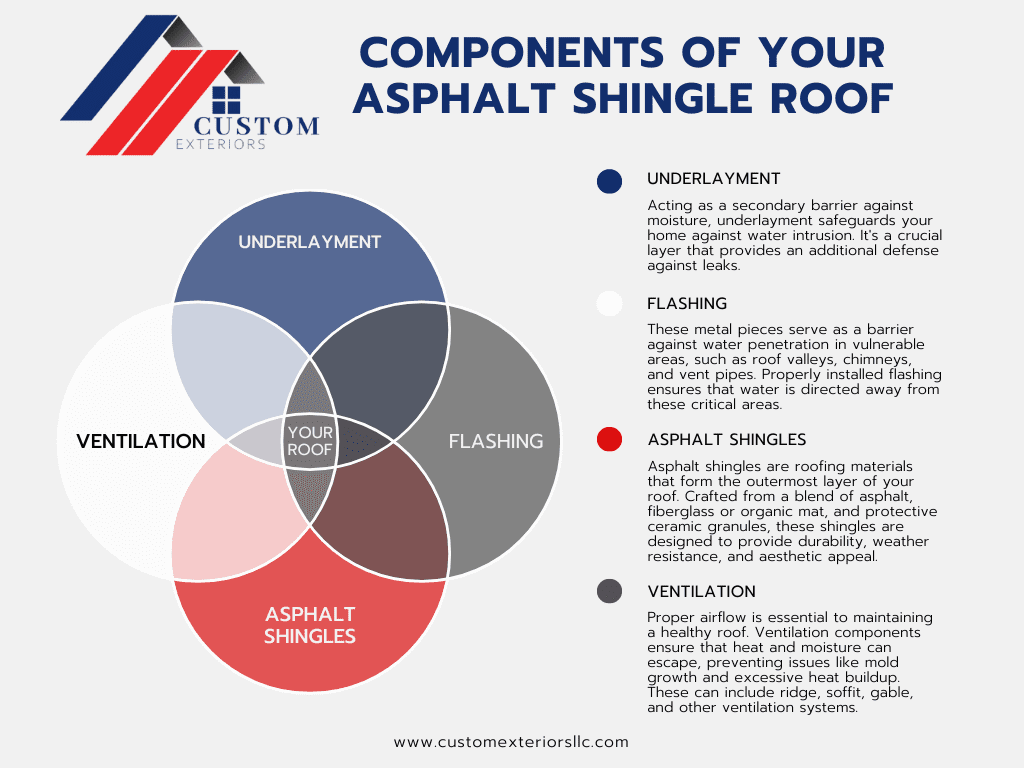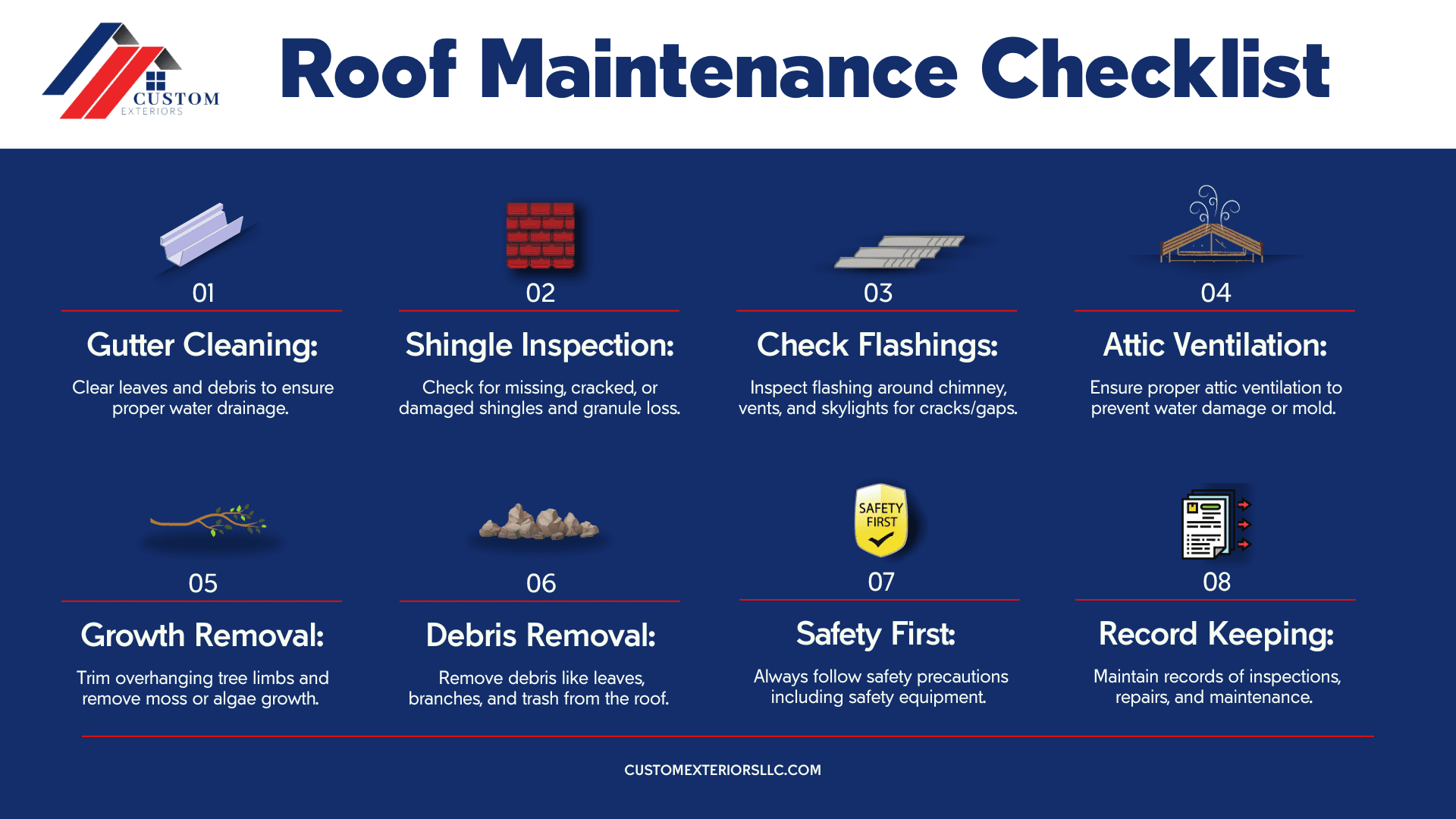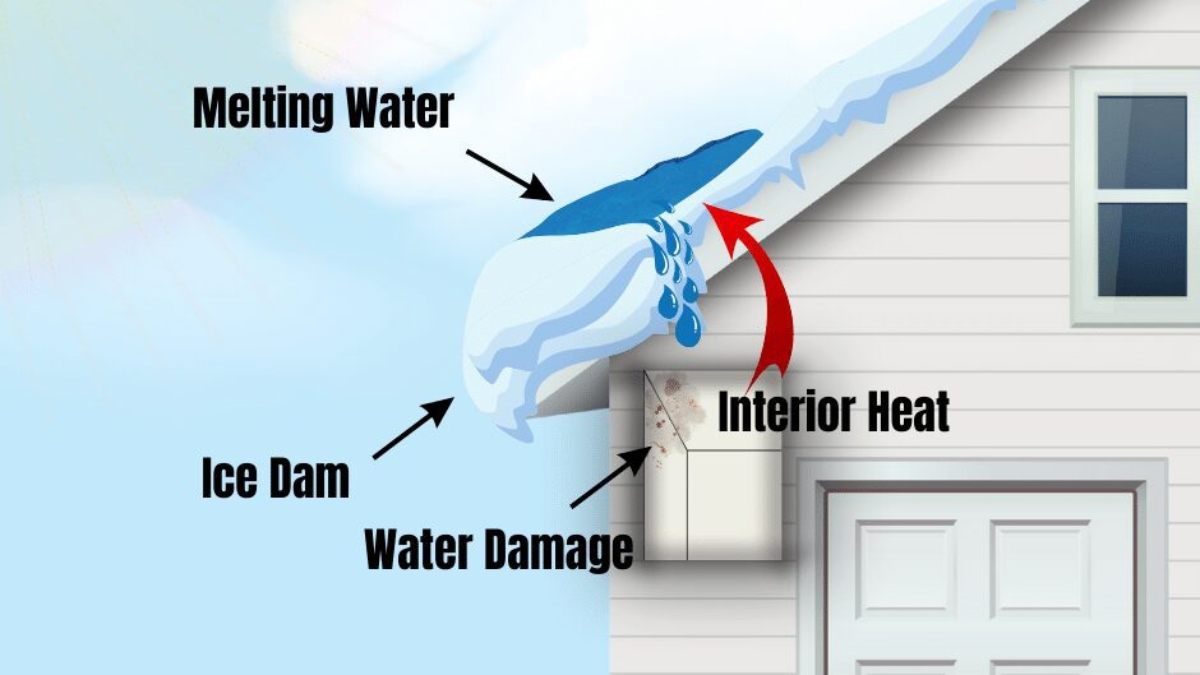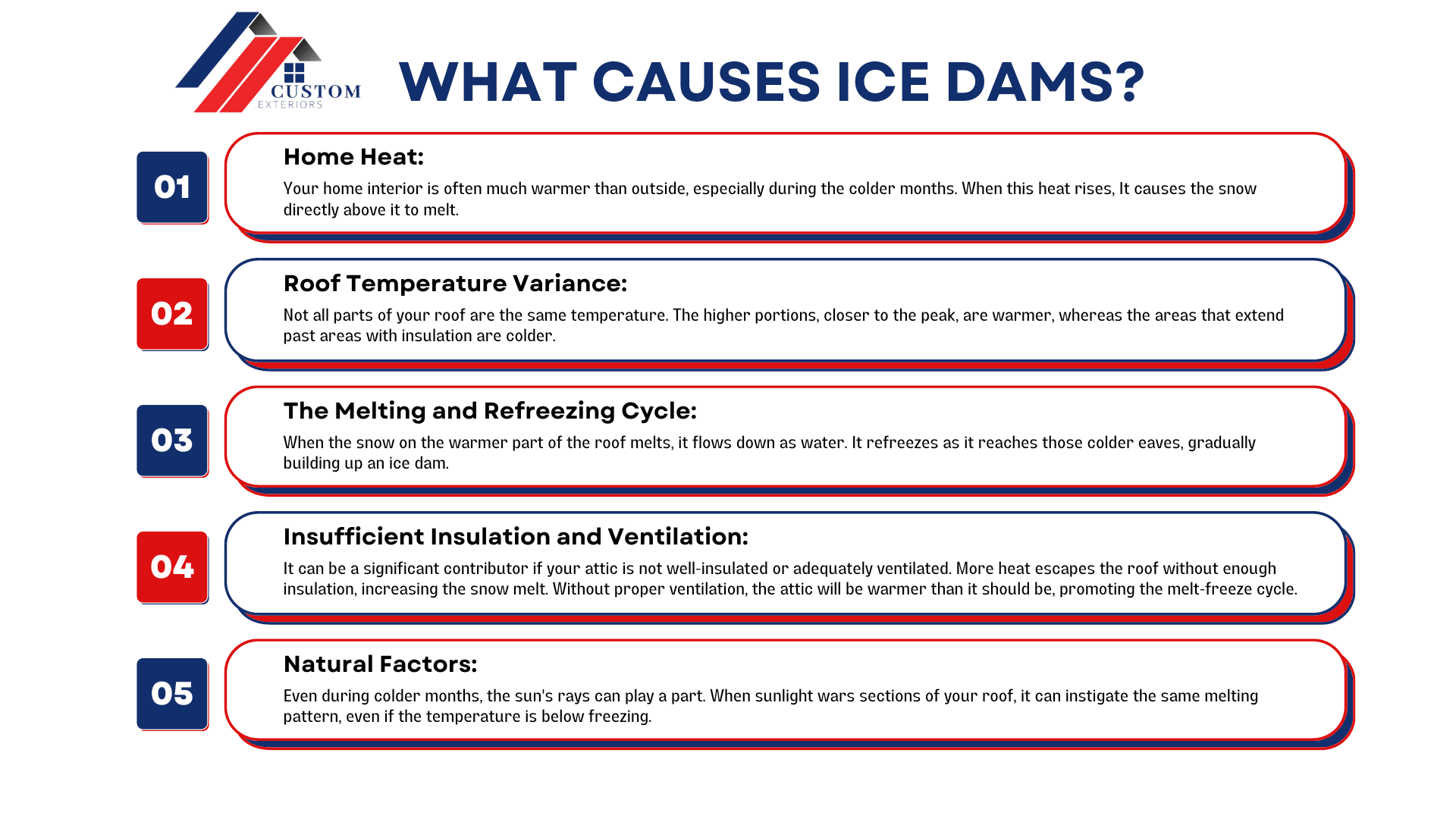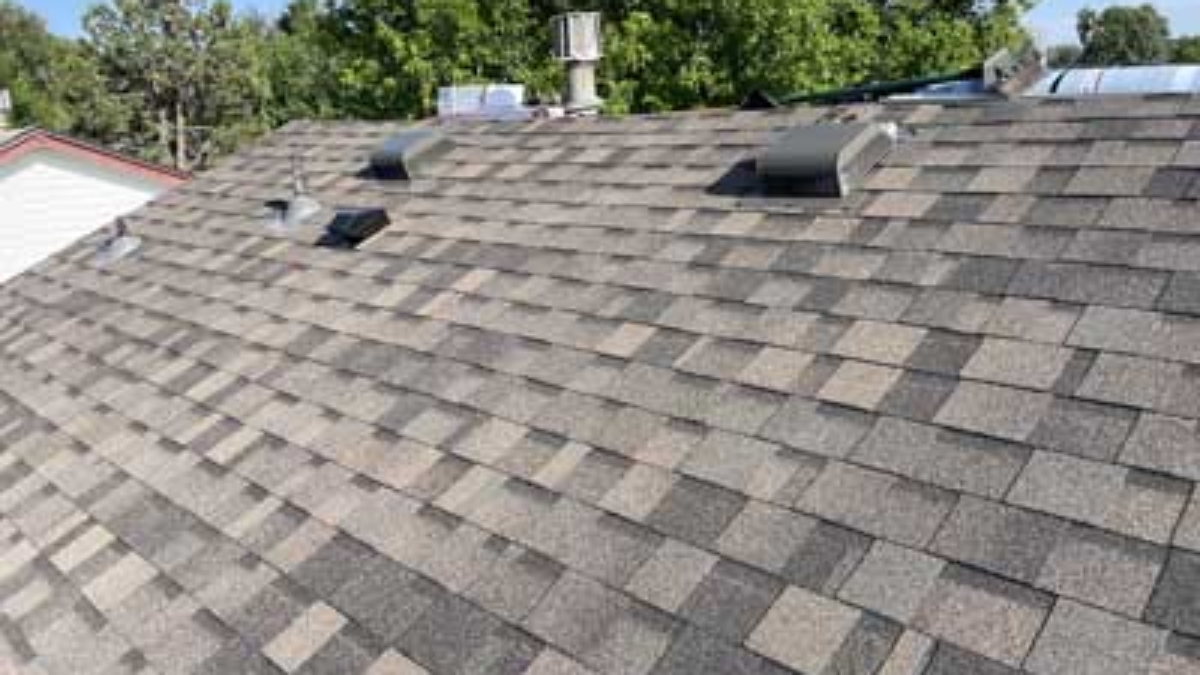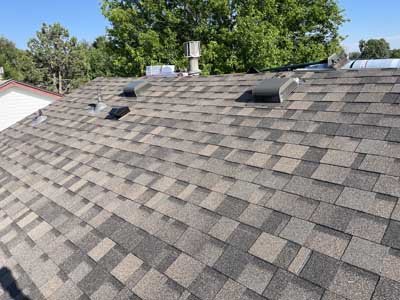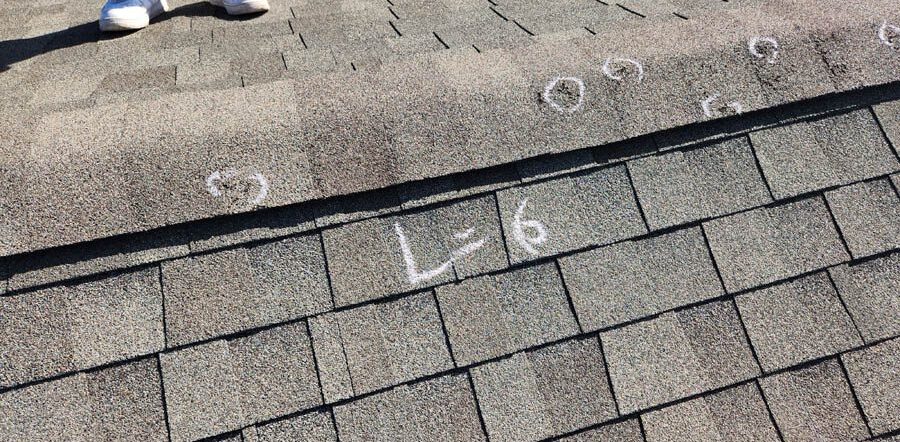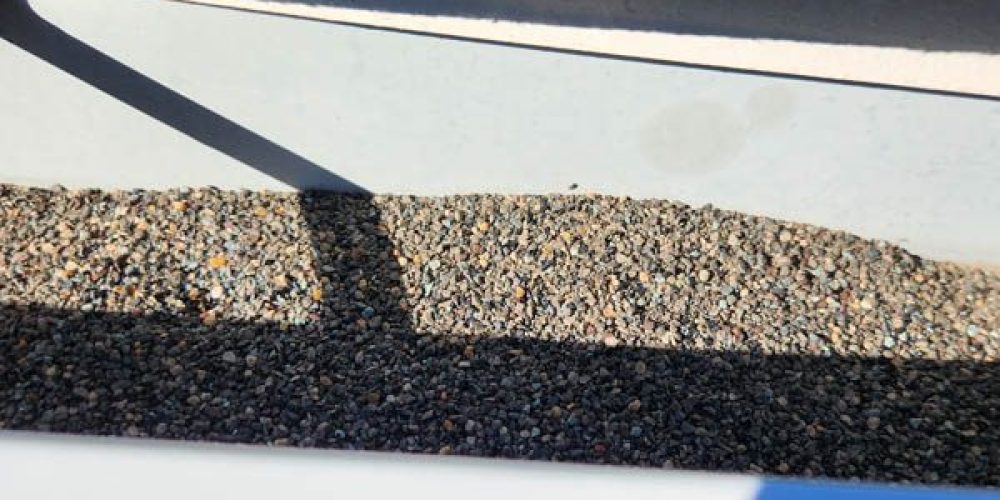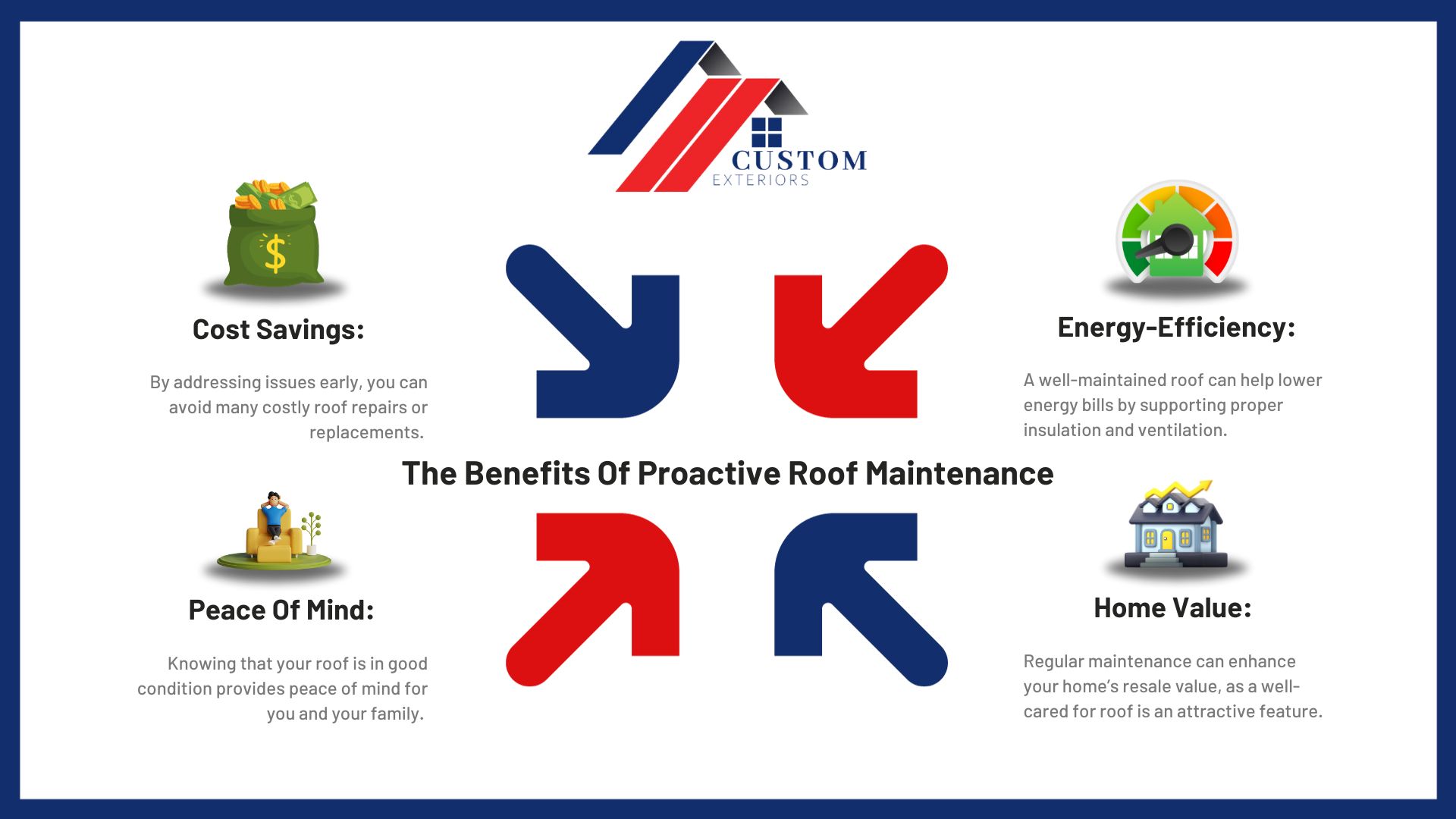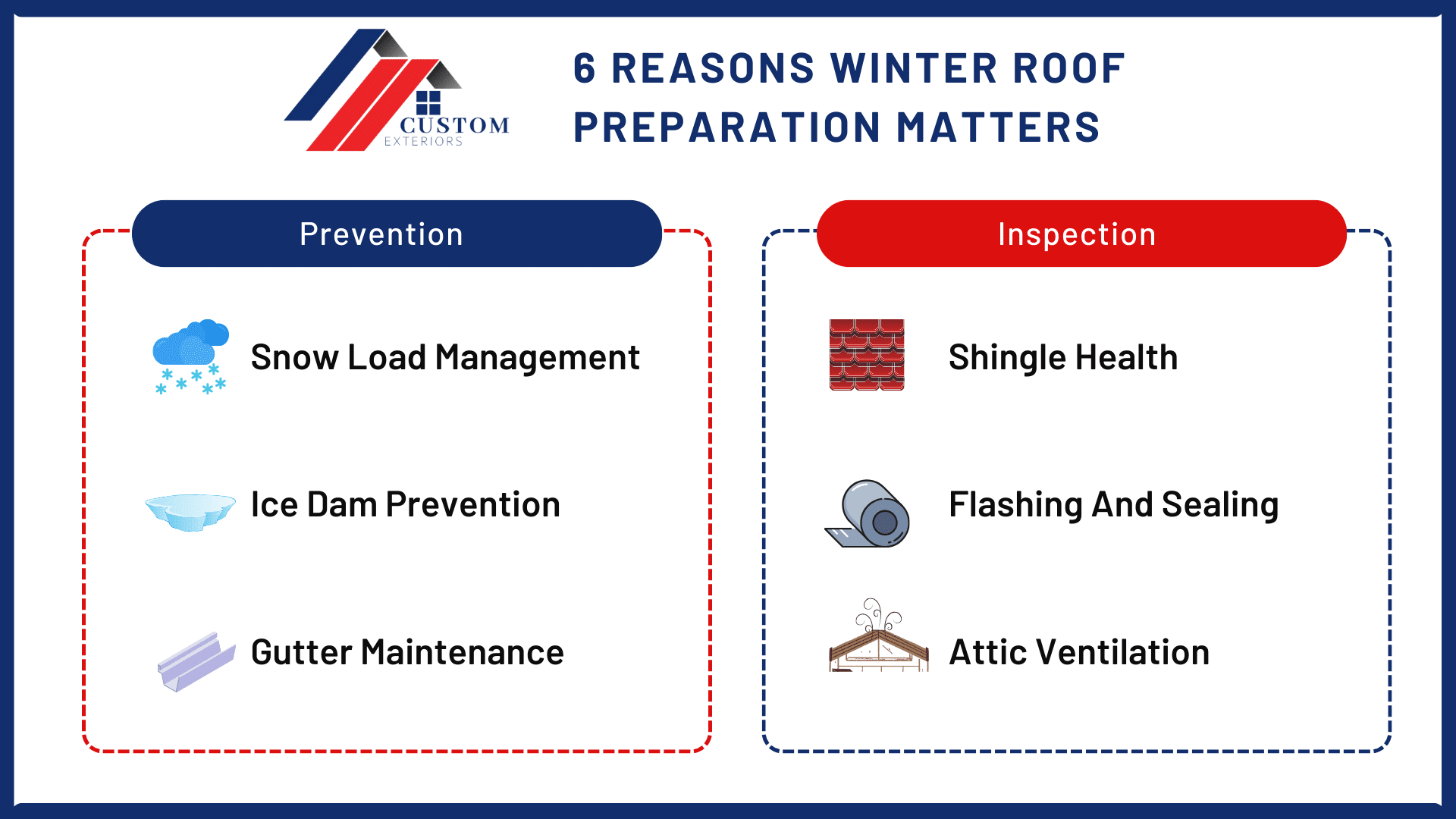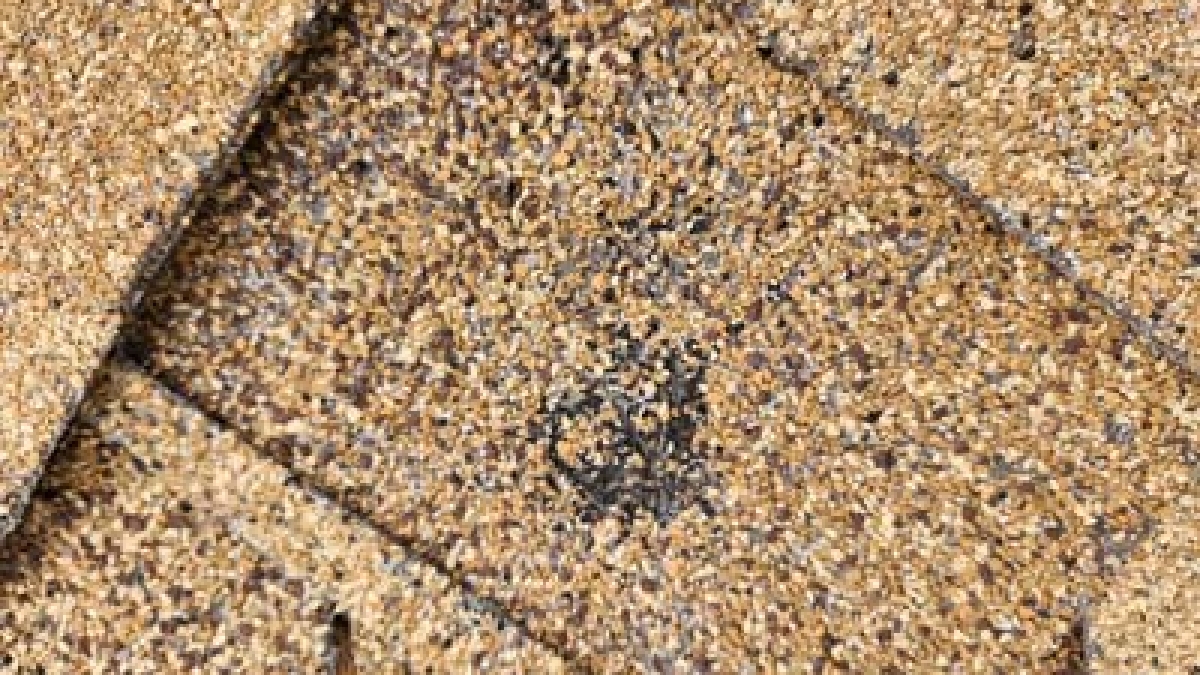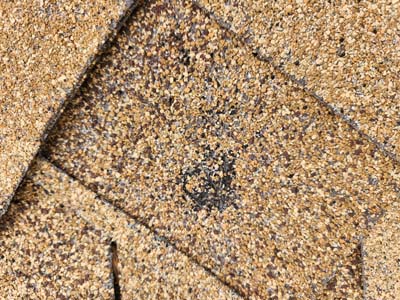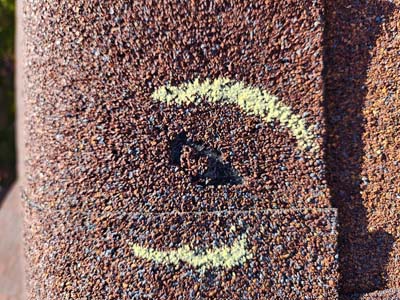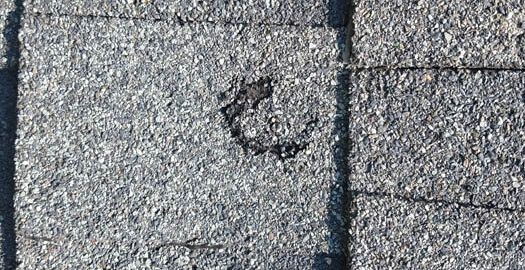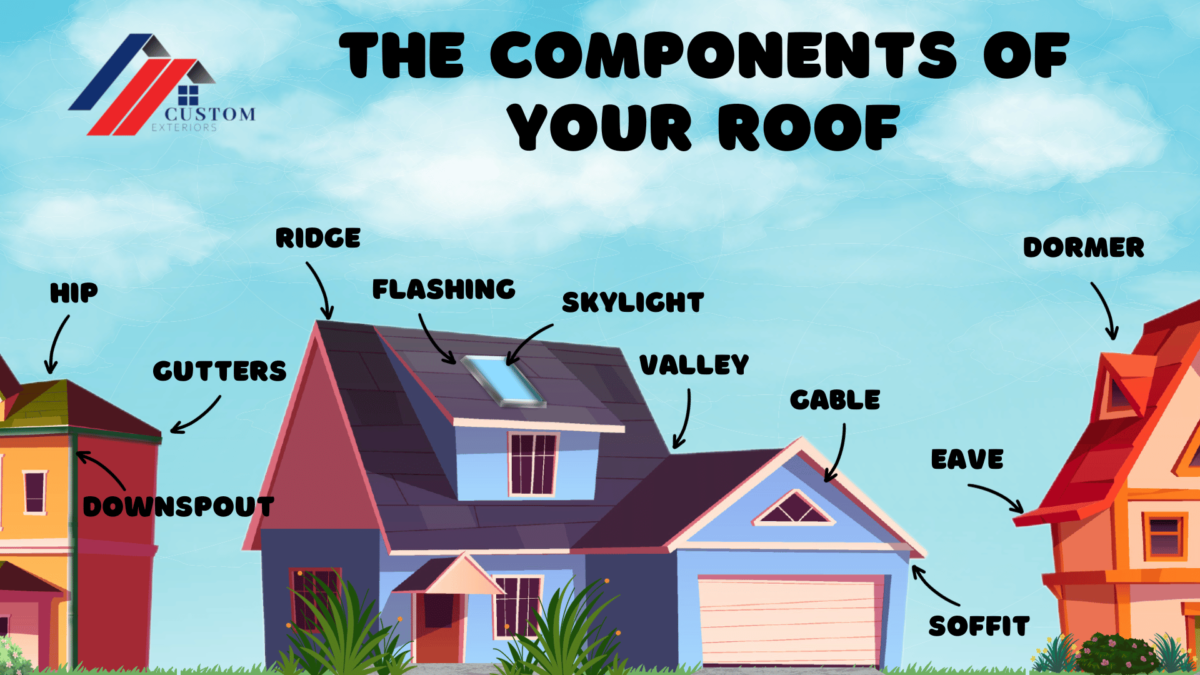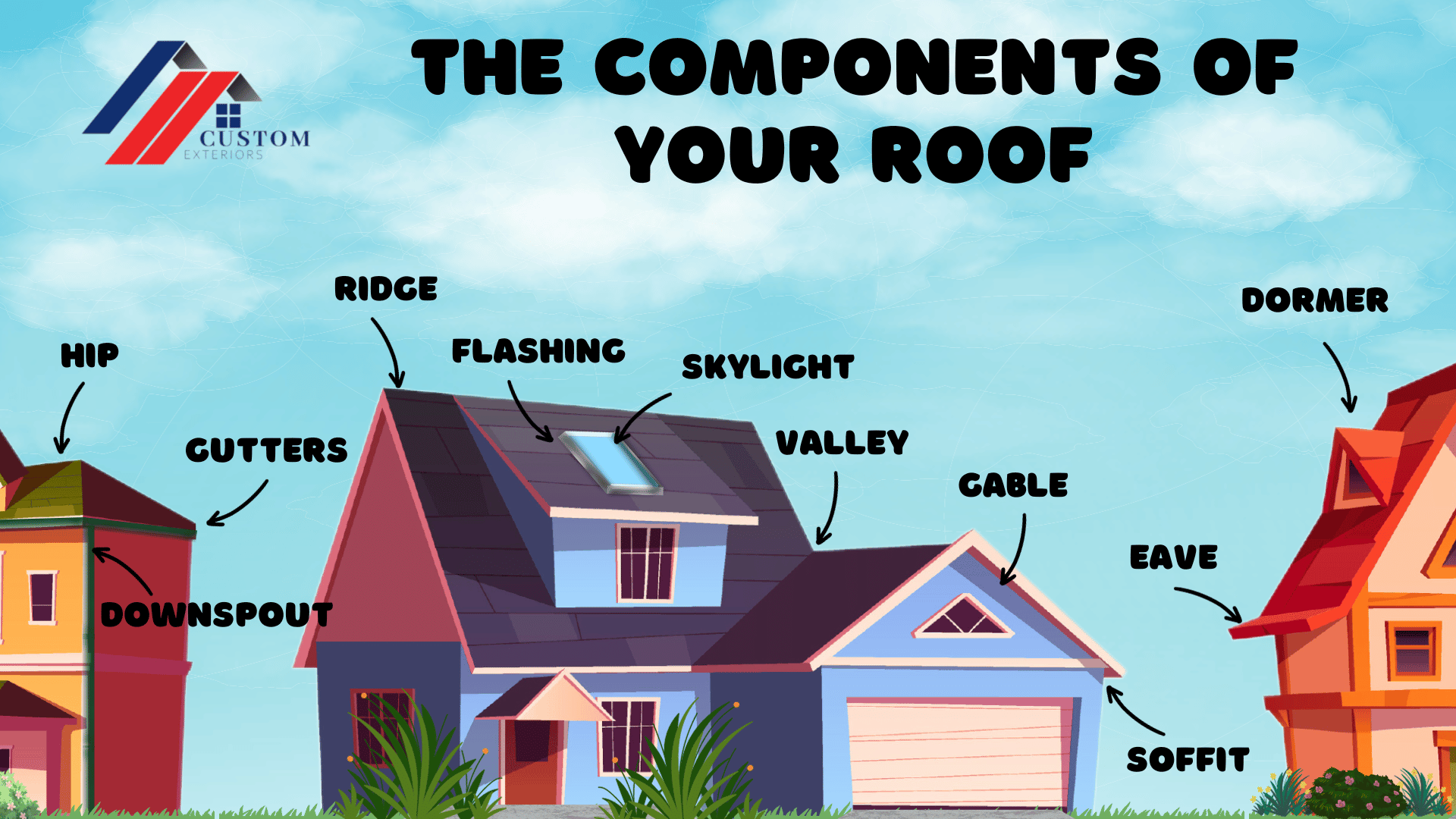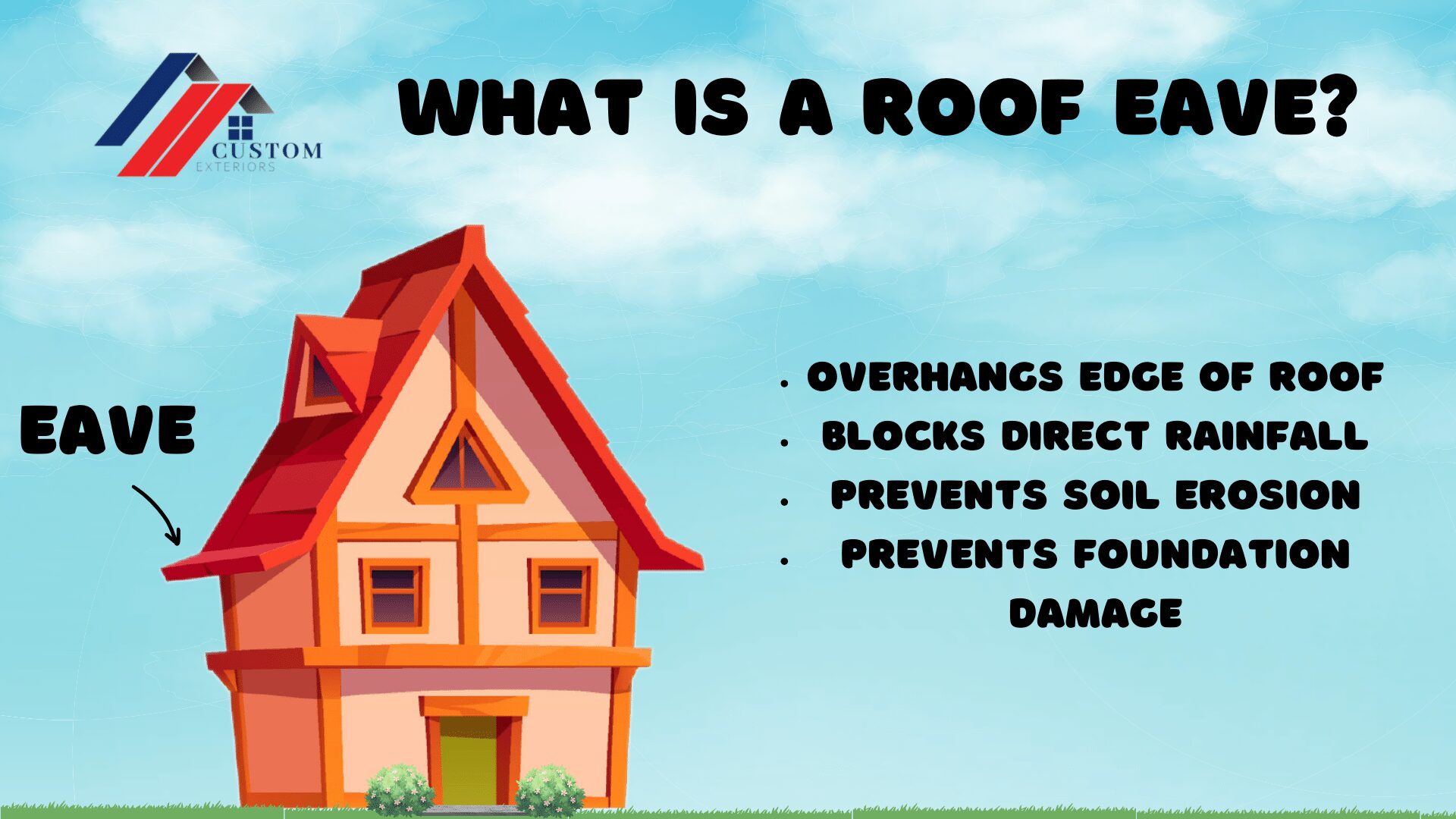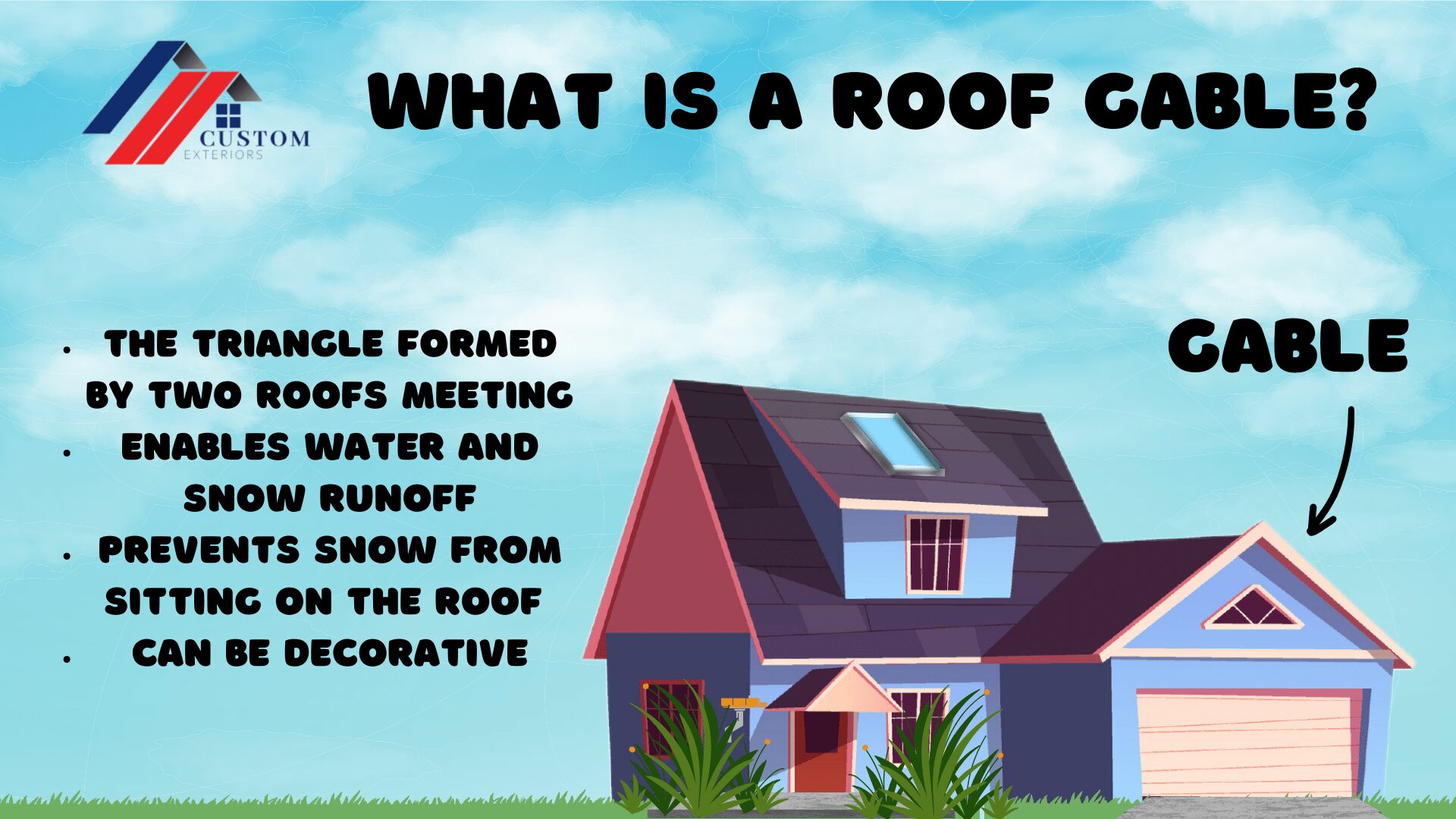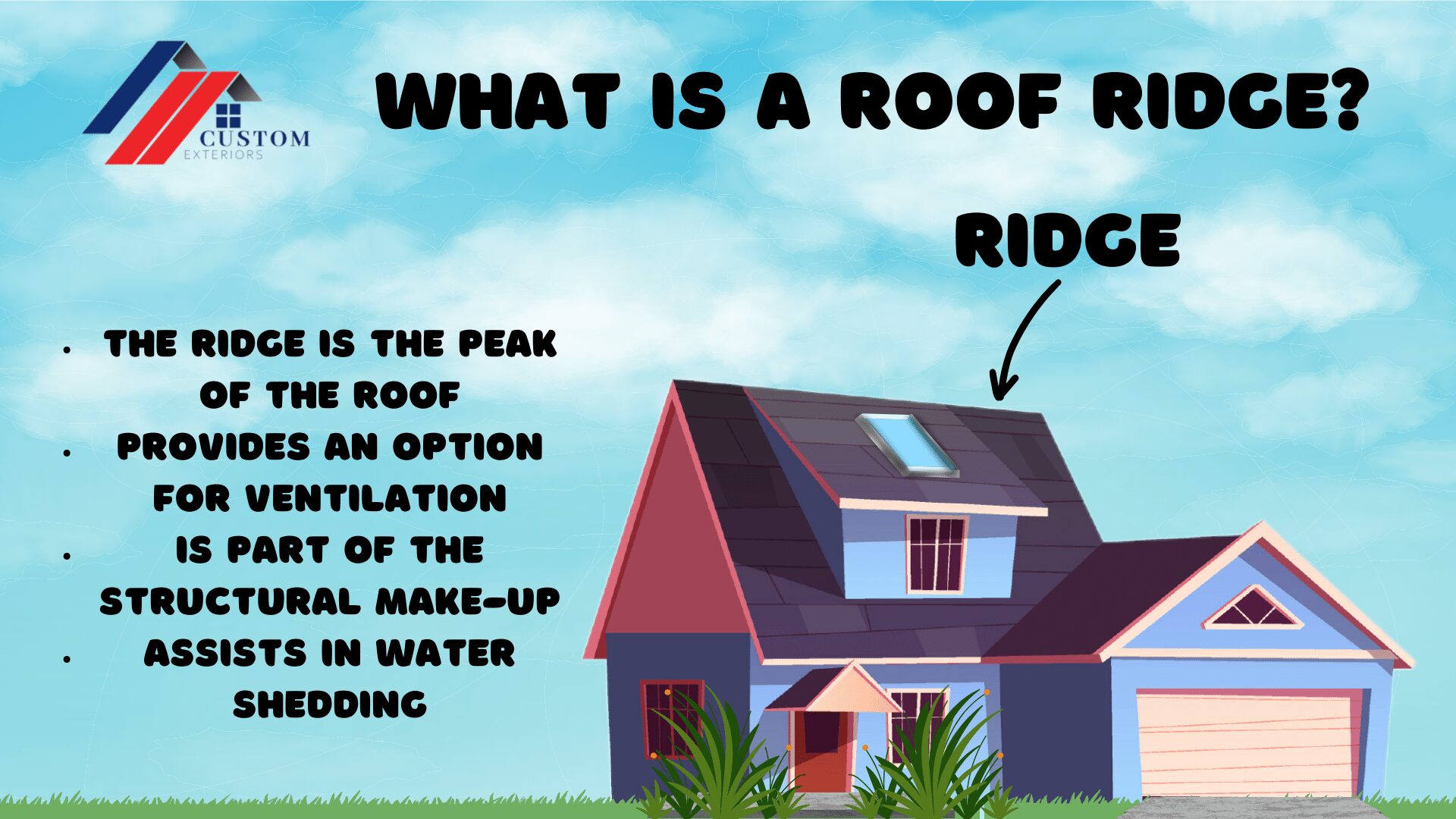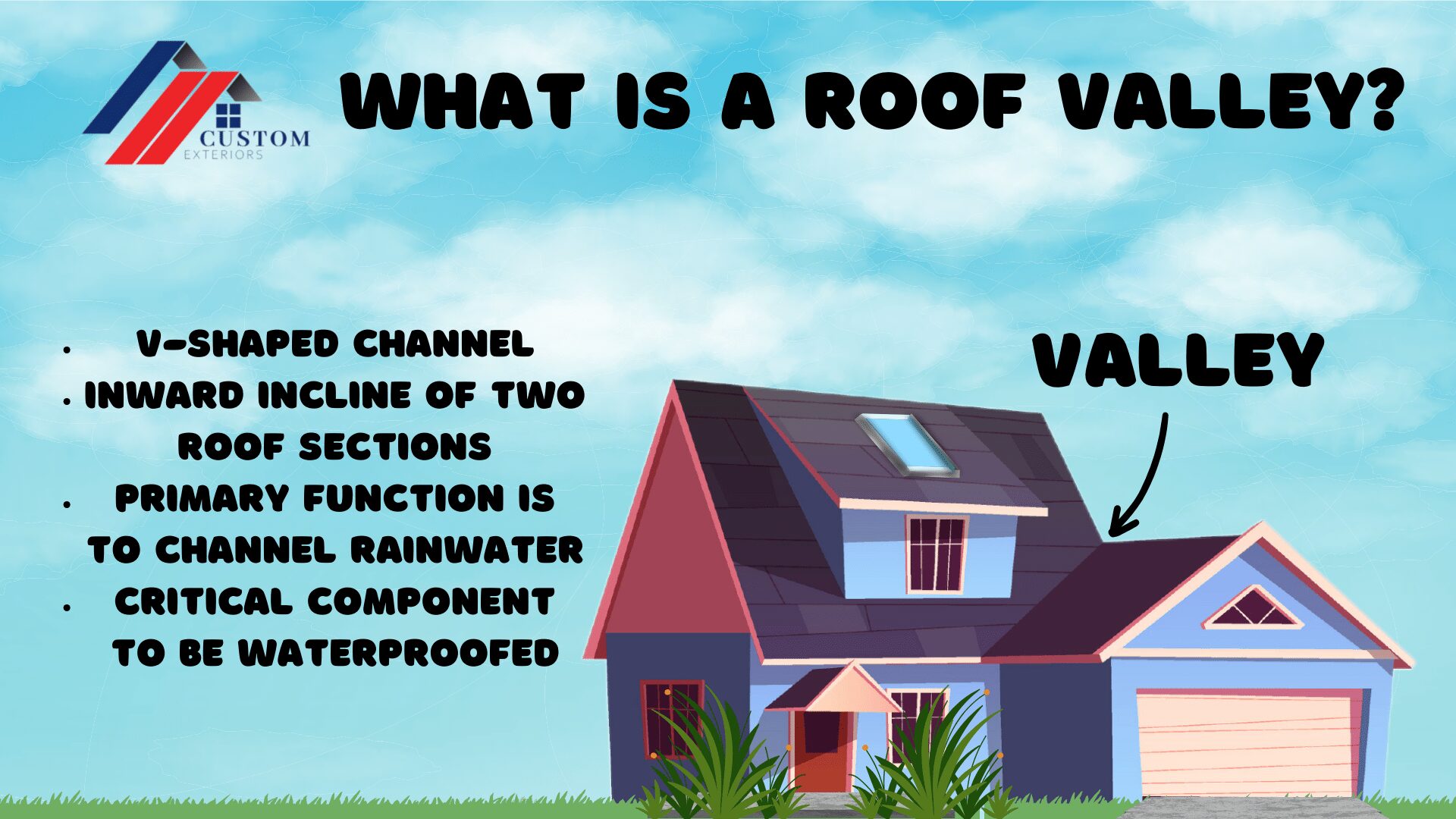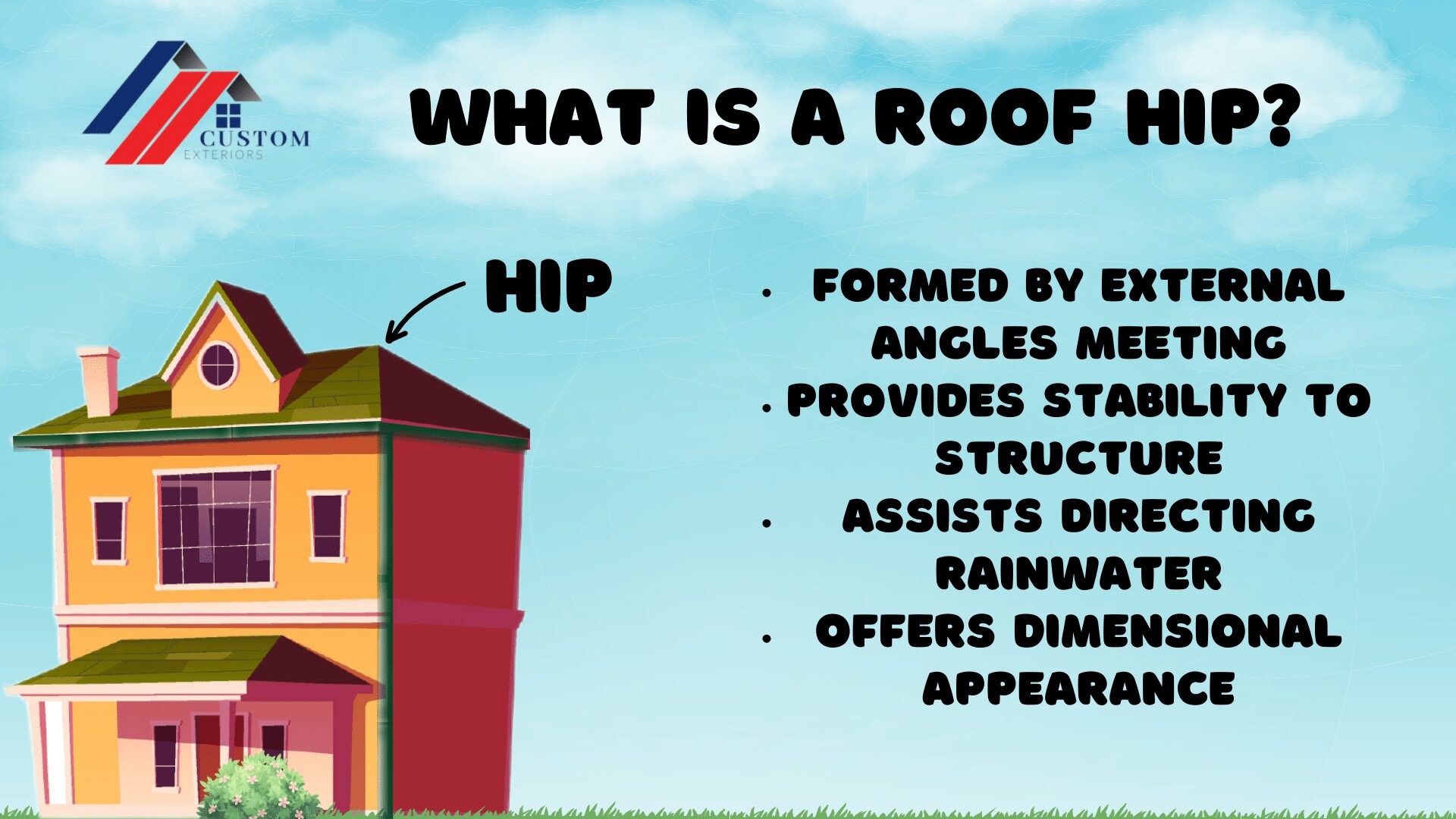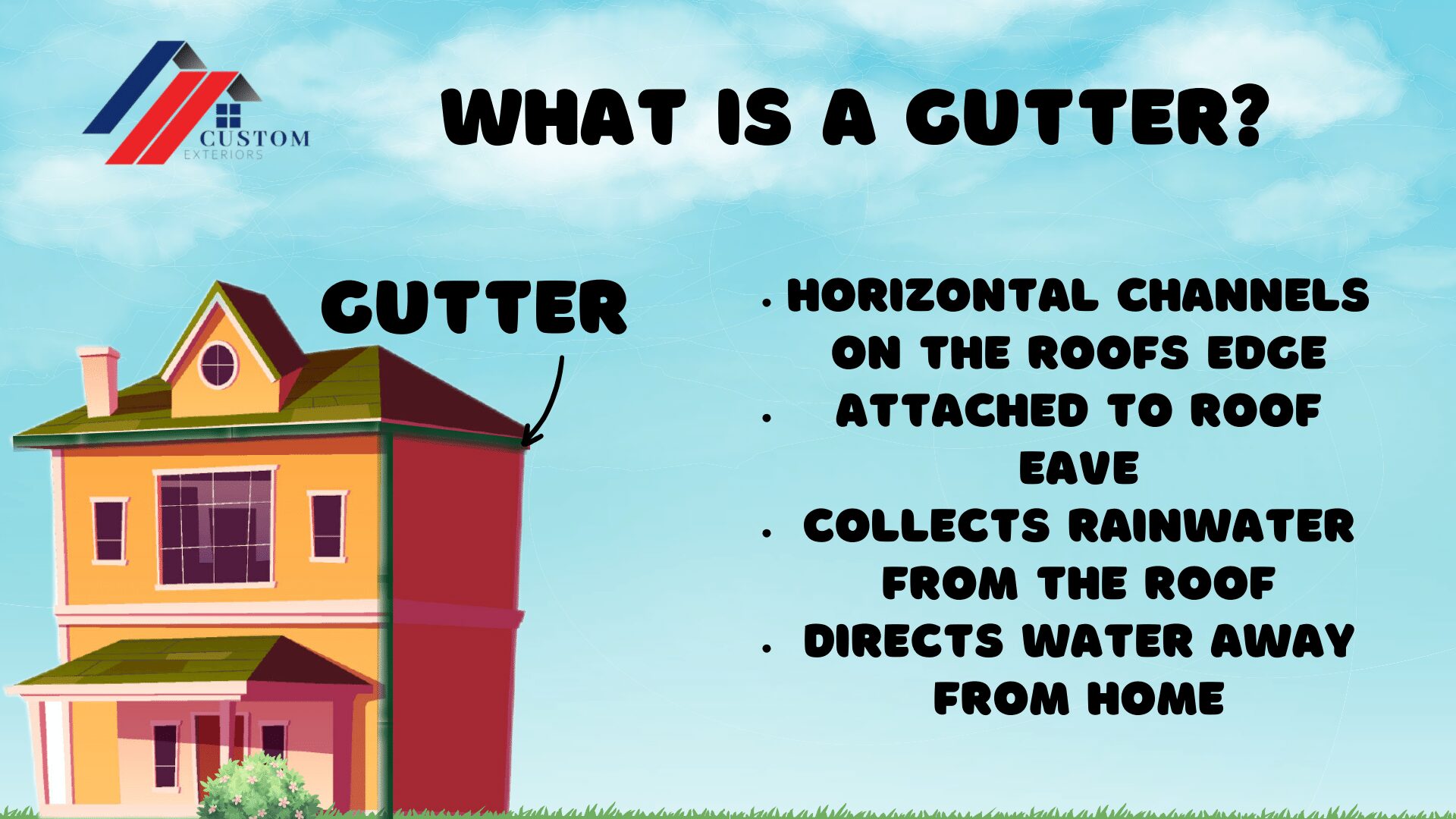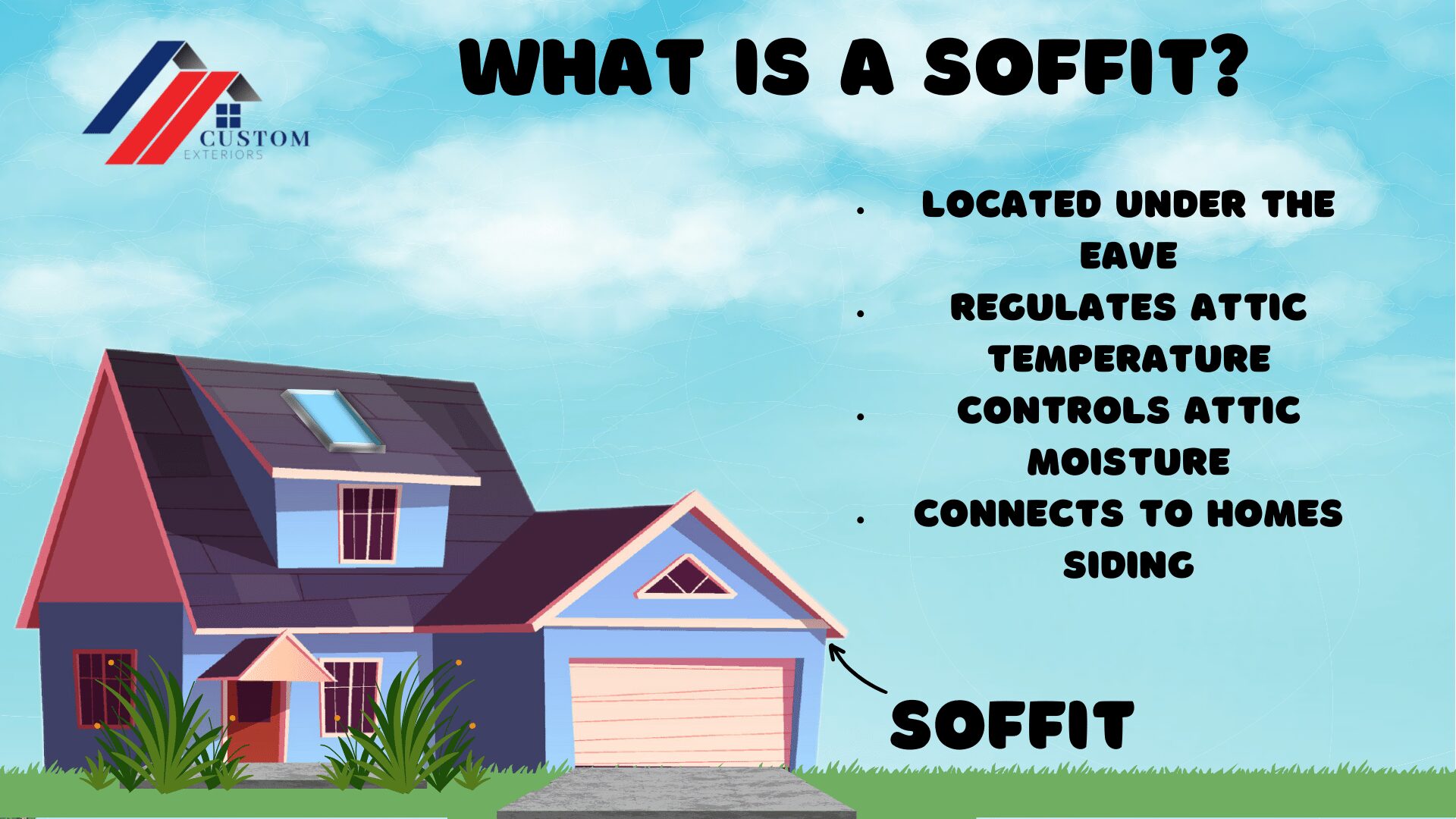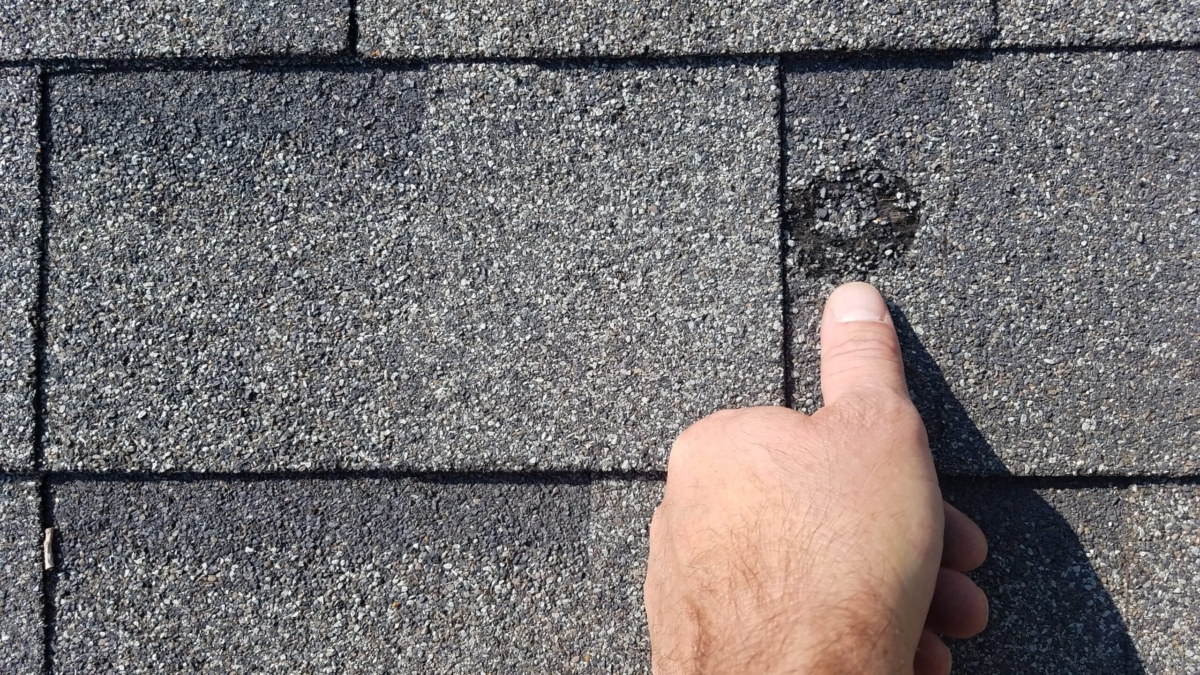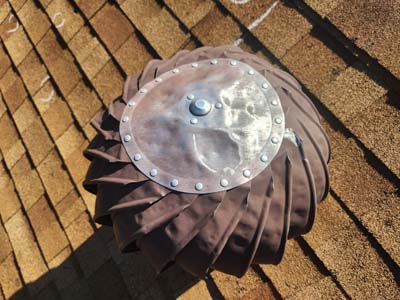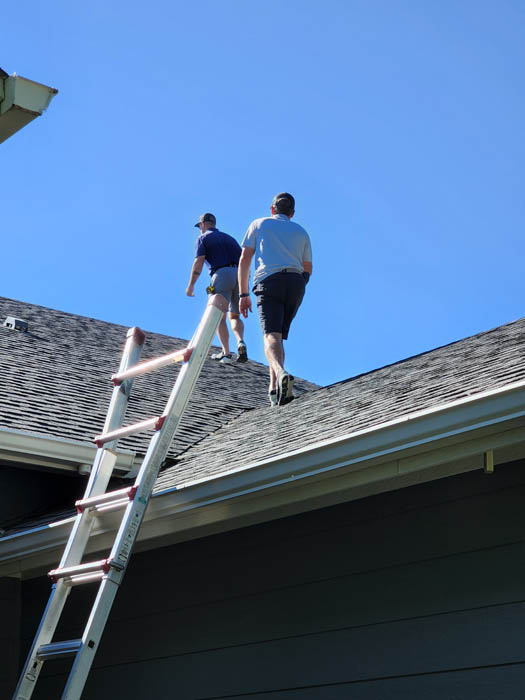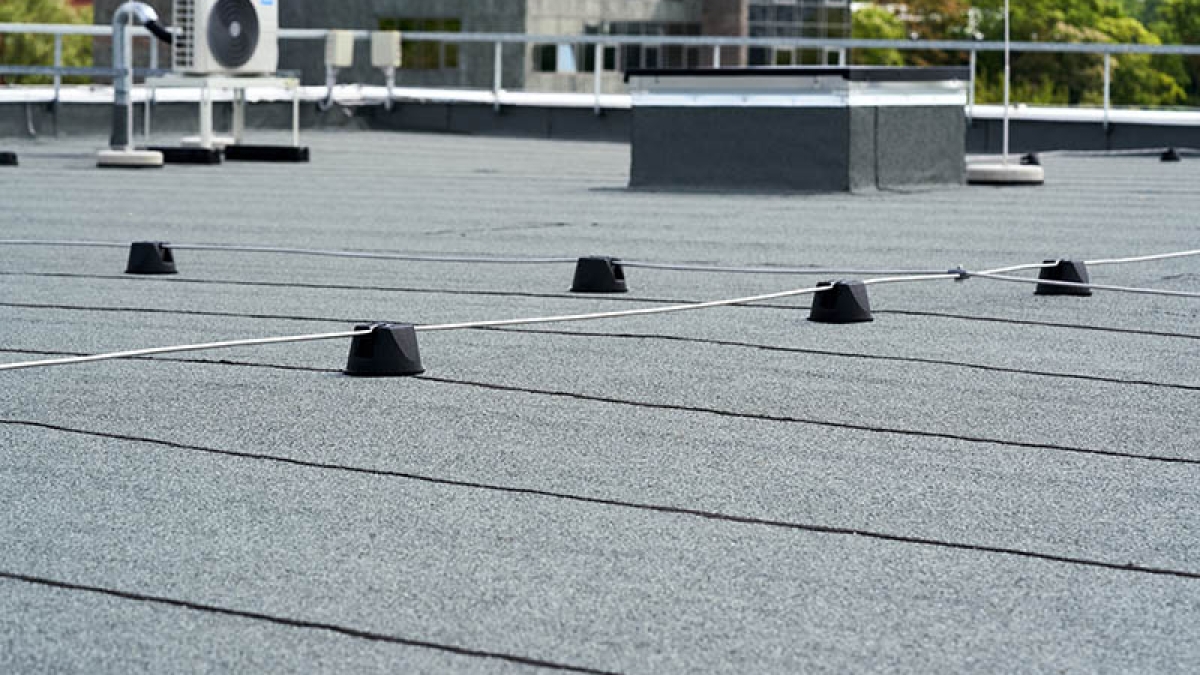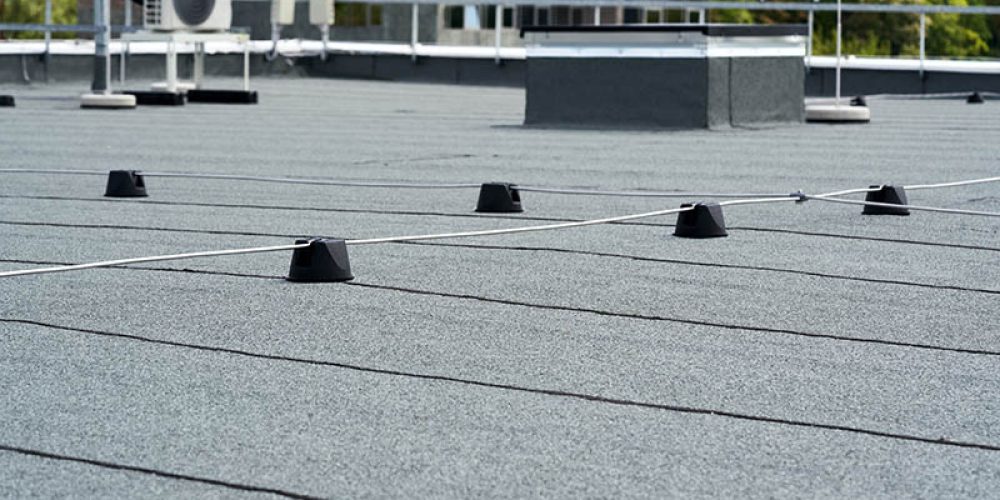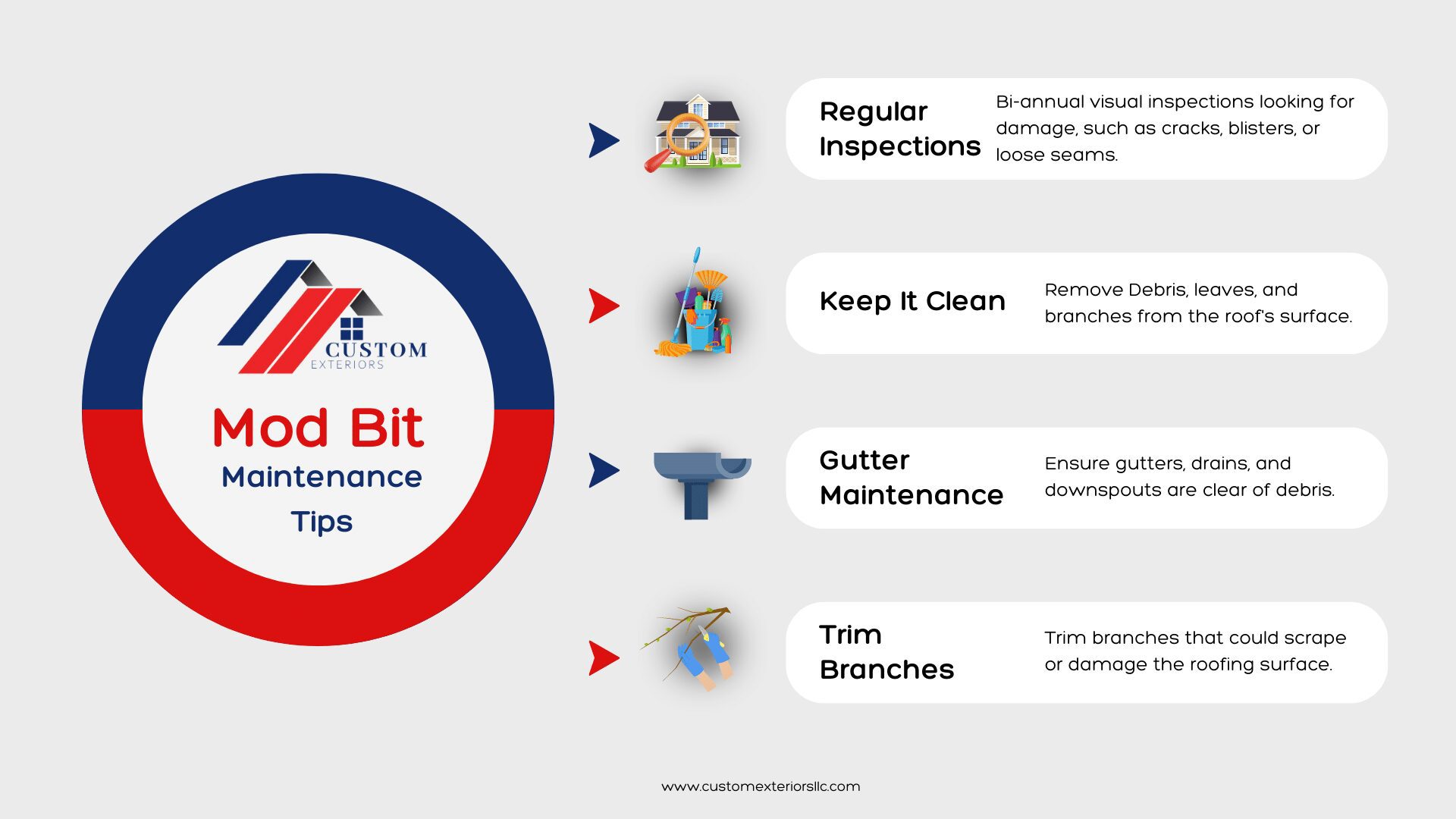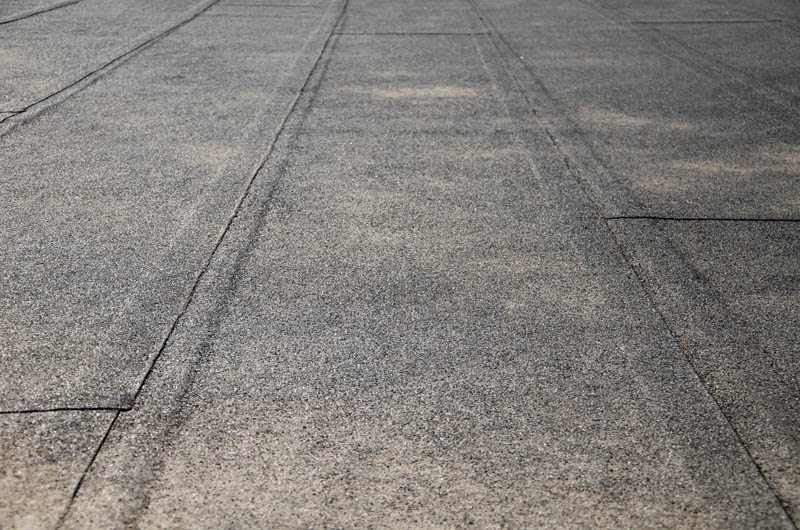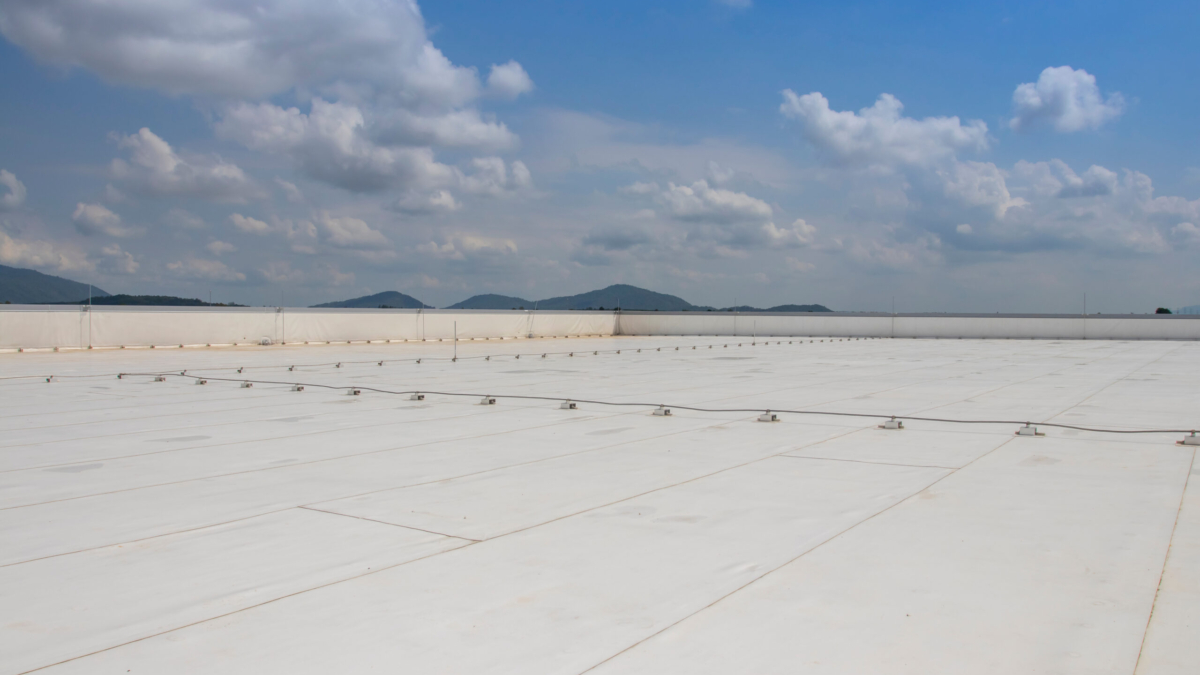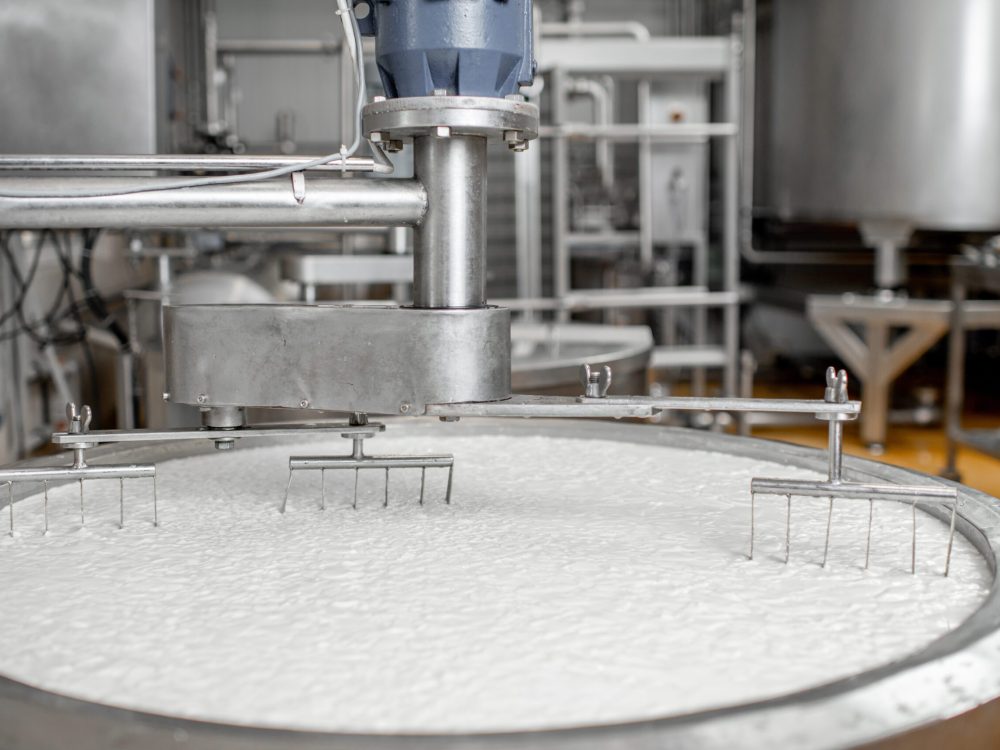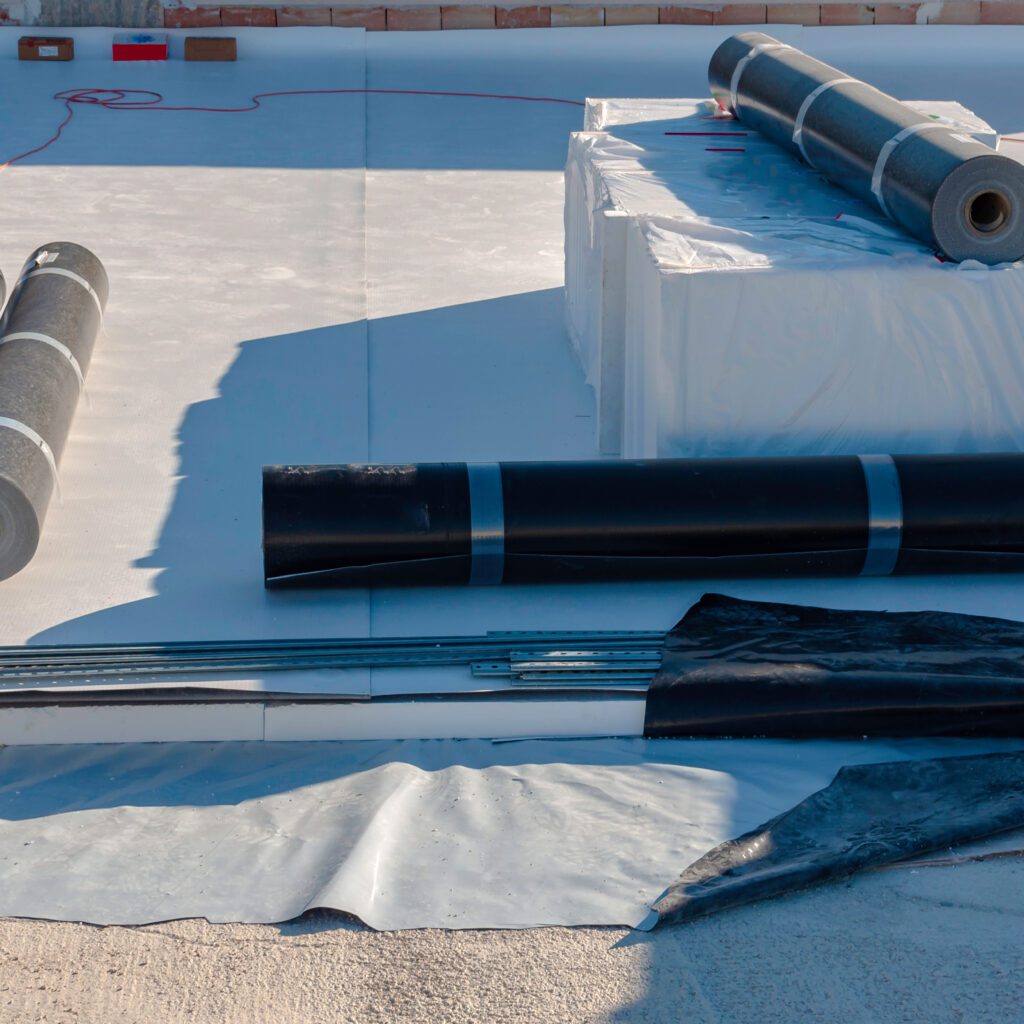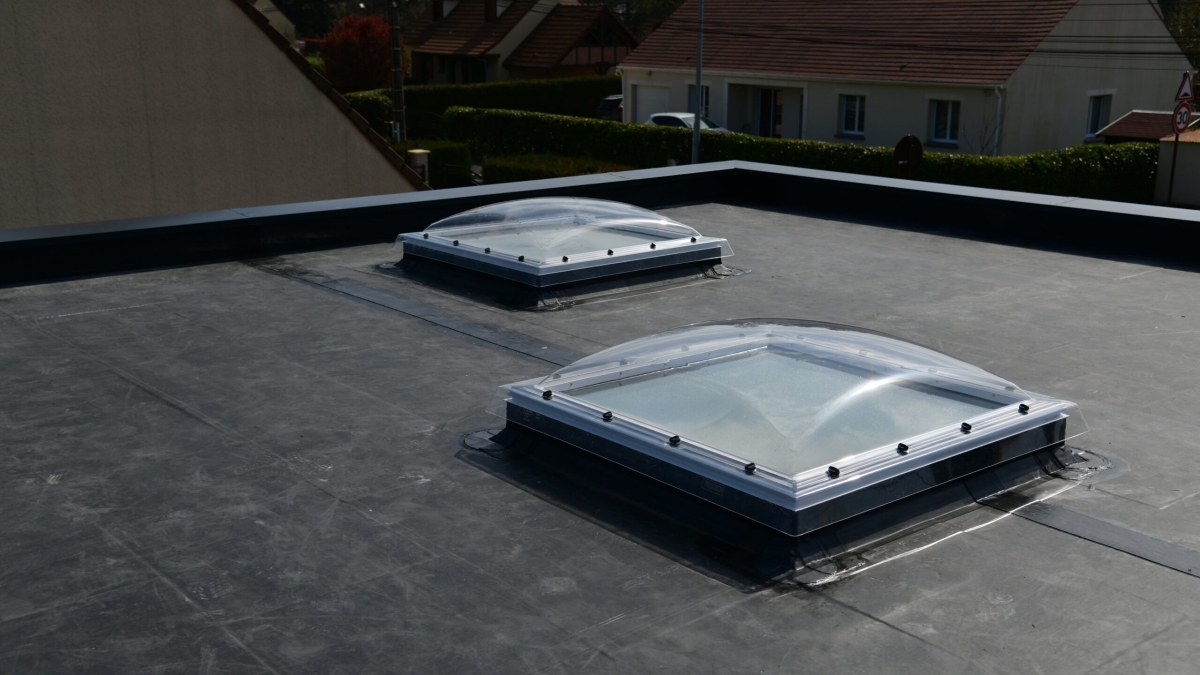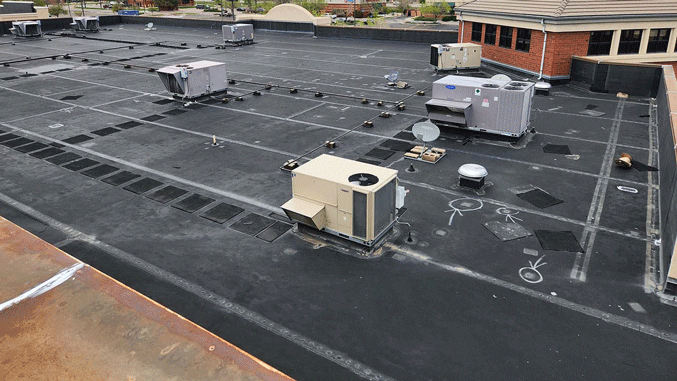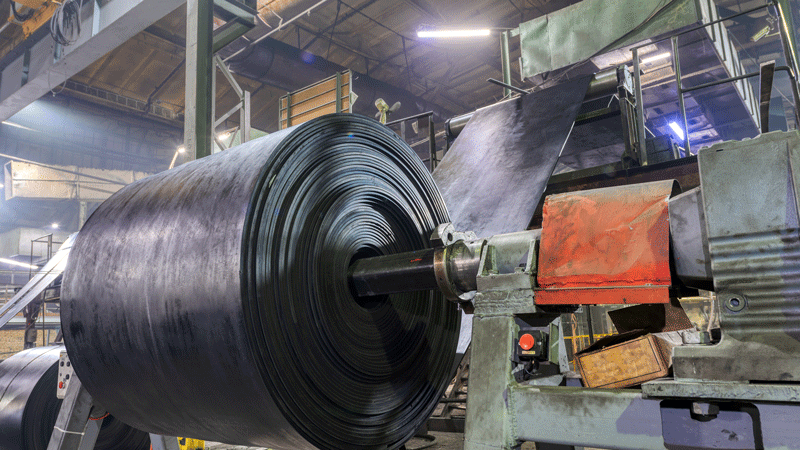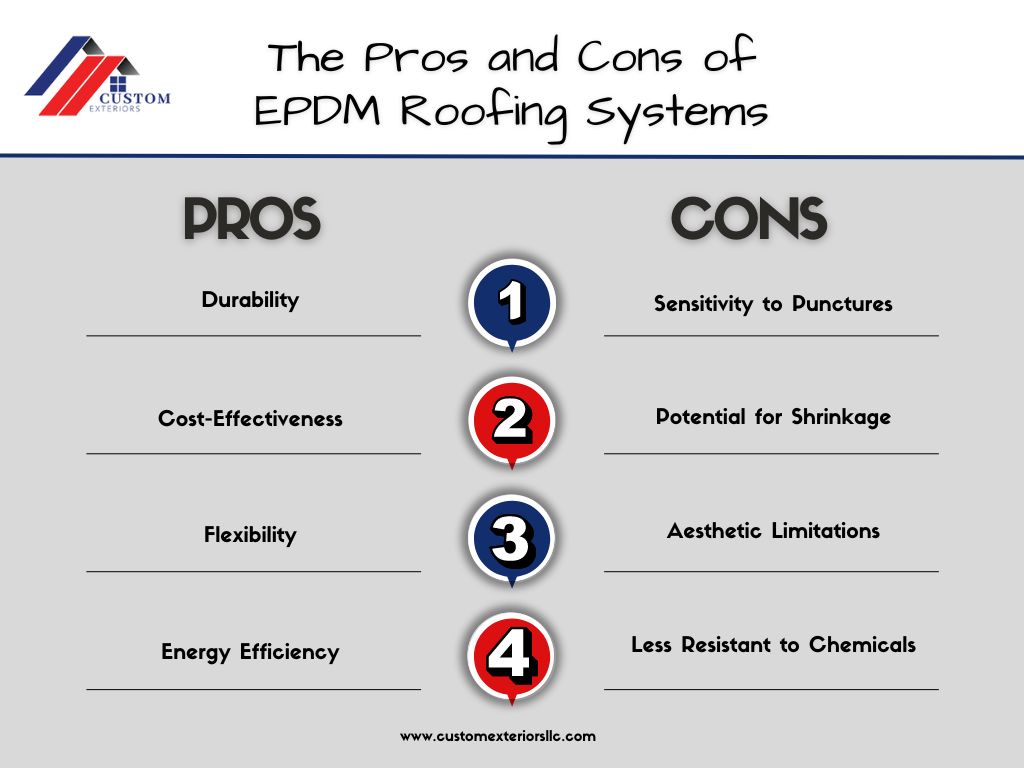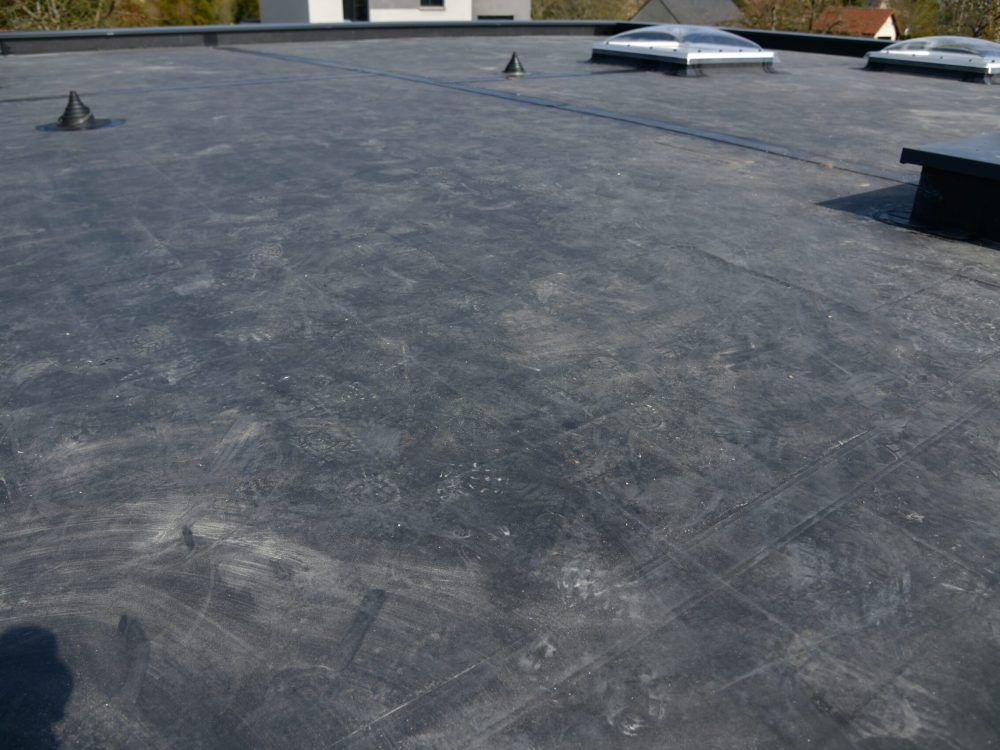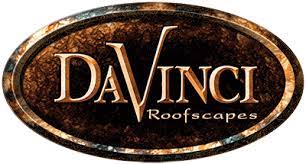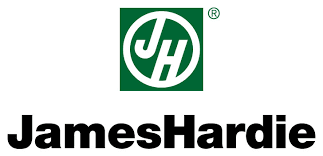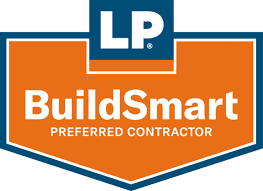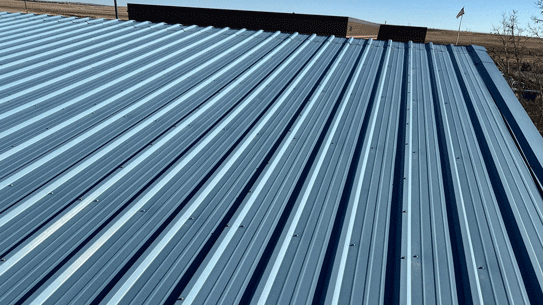
- Custom Exteriors
- March 22, 2024
How to save money on a commercial roof replacement
As commercial roofing contractors and commercial real estate owners, we understand the importance of cutting costs when performing routine maintenance or upgrades. Minimizing costs associated with our building maintenance is a critical part of your business operations, whether you like it or not. For many commercial building owners, the demands of managing your business make up a substantial portion of your daily tasks. The last thing on your mind is likely planning for major renovations and long-term regular maintenance.
However, if you have experienced any of the many consequences of improper roof maintenance or lack of a needed replacement, you know how quickly those costs can escalate. Maintaining your roof is a significant investment that protects your assets, employees, and daily operations. It can also wreak havoc on operations and your budget if you don’t make strategic planning and maintenance a part of your management strategy.
Every building owner should consider the financial implications of a roof replacement, including the cost, the cost of not replacing, and ongoing maintenance costs. Industry studies indicate that preventative maintenance and timely repairs can extend a roof’s lifespan by up to 50%. Savings like that can significantly improve your bottom line. Yet, when replacement becomes inevitable, knowing how to manage it with minimal financial impact can have huge implications on your business operations.
At Custom Exteriors, we are committed to helping you maintain a successful business by protecting your property with our exterior services. We want you to experience a roof replacement that causes minimal impacts on operations and limited downtime. Today, we hope to share some tips that can help you make informed decisions, balancing cost-efficiency with the long-term value and safety of your commercial property.
Explore your insurance coverage
We are Colorado natives and local property owners. We have replaced many roofs on our personal homes and investment properties in our adult lives. Guess how many of those roof replacements were not caused by damage from severe weather? That’s right, zero. It’s no secret that Colorado and the surrounding states are prone to severe weather, including times of large hail, hurricane-force winds, and even tornados.
So, for many property owners in our area, the challenge isn’t just keeping a roof over their property; it’s dealing with the effects of our severe weather season. Colorado’s harsh weather, mainly hail and wind, means that for local properties, roofs often need replacing before their time. If you notice signs that you may need a roof replacement, the first step is a thorough roof inspection. Some signs that might indicate your roof needs to be inspected include:
- Pooling Water or Low Spots
- Visible Storm Damage
- Interior Water Leaks
- Tears or Holes in Roof Membrane
- Missing or damaged roofing materials
- Blistering or bubblings
Once you have determined you do, in fact, need to replace your roof, the first step is knowing what your insurance policy covers. Your agent should be able to explain your coverages and limits. However, if your roof is damaged from natural causes, the right insurance coverage could mean the difference between paying a deductible and paying for an entire commercial roof replacement. Commercial policies vary widely, so knowing and understanding your policy is important.
Filing a Claim: Steps and Documentation

Before filing a claim, it’s important to consider the implications. When you file a claim on any insurance policy, it gets added to CLUE (The Comprehensive Loss and Underwriting Exchange), which is used to determine your rate. With that in mind, depending on your coverage and anticipated rises in premium costs, an insurance claim may not make sense. Every business is unique, so this decision varies depending on your circumstances.
If you have determined that a claim is beneficial in your circumstances, knowing how to file a claim can help speed up the process and make sure you are compensated adequately to restore your building to its pre-storm condition. Here are some tips:
- Act Quickly: As soon as you notice signs of damage, contact your insurance company. Most insurance companies have a timeline for claim reporting. Waiting too long might make it harder to file a claim down the line.
- Document Everything: Take clear photos and videos of the damage from different angles. If you are working with a professional roofing contractor, they will provide these during their inspections. This visual evidence is key to supporting your claim.
- Keep Records: Have a copy of your insurance policy handy, along with any record of previous roof maintenance or inspections. If you’ve had your roof checked regularly, it shows you’ve taken care of it, which can help your claim.
If your insurance covers the damage, you could save significantly on roof replacement costs. Given the frequency of severe weather in our area, having the right coverage is important. When the weather does its worst, you want to be covered and prepared. With the right coverage, it won’t cost you as much to fix.
Tax Credits and Incentives
Some roofing projects might qualify for tax credits or incentives. So, when replacing your roof or any other part of your building, choosing energy-efficient materials could earn you money back from the government. Some programs that your business may qualify for include:
- Energy Efficient Commercial Building Deduction (Section 179D): This tax deduction allows building owners to claim a deduction for part of the costs of installing energy-efficient systems, including roofing. The roof must be part of an energy-efficient building envelope that meets specific criteria set by the Department on Energy.
- Colorado Credits and Rebates: The state of Colorado also offers tax credits and rebates for energy-efficient or green roofing installations. If you qualify, this is designed to encourage local property owners to invest in sustainable building practices that also lead to significant energy savings.
- Historic Preservation Tax Credits: If your building is designated as a historic structure, you might be eligible for tax credits related to preservation and rehabilitation efforts, such as roofing.
Consult a tax professional
Tax laws can be complex, and incentives change over time. That’s why it’s important to talk to a tax professional before filing for any of these credits. They can help you understand what specific benefits you can apply for and how to claim them. They will know the ins and outs of each of these programs and likely have information on other options for your unique circumstances.
This approach can lead to significant savings, making your roofing project more affordable while also contributing to your building’s energy efficiency.
For property placed in service in 2023 and after, the Energy Efficient Commercial Buildings Deduction can amount to up to $1.00 per square foot. ~Internal Revenue Service
The importance of regular maintenance
Proactive maintenance is the number one way to save money on your roofing costs. A well-maintained roof can last up to 50% longer and save on repair costs. Roofing Contractor did a study on commercial roofing back in 2012. While the prices have no doubt increased, some staggering statistics still hold true today.
During the course of the study, they found that 80 percent of roofs need to be replaced prematurely. They also found that roof maintenance programs, which are tax-deductible, cost about 1 to 3 percent per year of the expected replacement cost. In return, however, they noted that consistent roof maintenance can save up to 50% over the course of your roof’s life. This maintenance helps take care of small issues before they become something larger and, by default, extends the lifespan of the roof.
It’s important to note that roofs can leak for weeks or months before there are visible signs. Over several months, water can do a lot of damage and amplify the repairs needed to get your business up and running again.
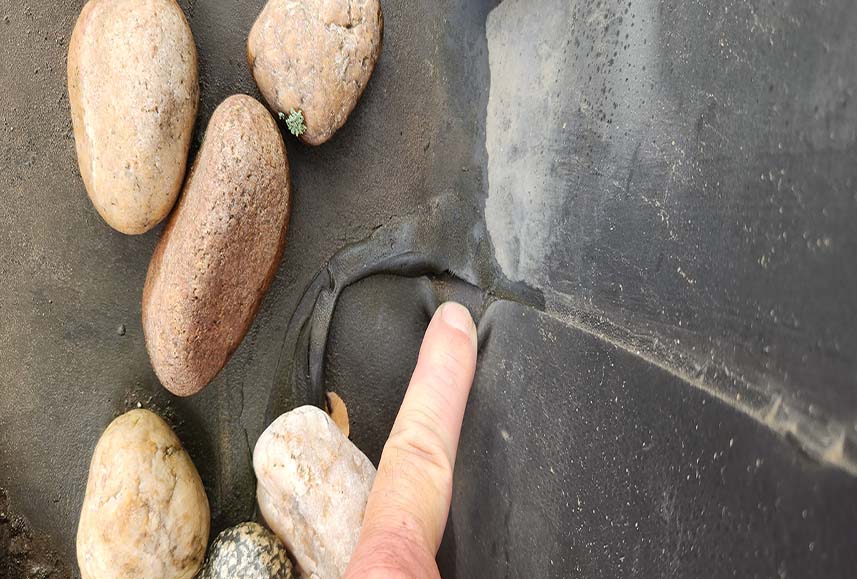
How maintenance extends roof life
Regular maintenance helps catch small problems before they turn into big, expensive ones. For example, in the photo above, our HAAG-certified roofing inspector noticed this small breech in the roof membrane. Our team was able to make a repair on-site that day, preventing what could have turned into water damage or worse.
Routine inspections may reveal missing or damaged shingles, damage to membranes, caulking, or flashings. Without this check, those minor issues would turn into leaks, water damage, and more significant problems that might require an entire roof replacement sooner than expected.
While commercial inspections are complex, the basics are:
- Inspect for damage to the roof
- Clean gutters and roof drains
- Remove debris
- Look for Tears or Holes in Roof Membrane
- Check for pooling water or organic growth
- Inspect roof top equipment
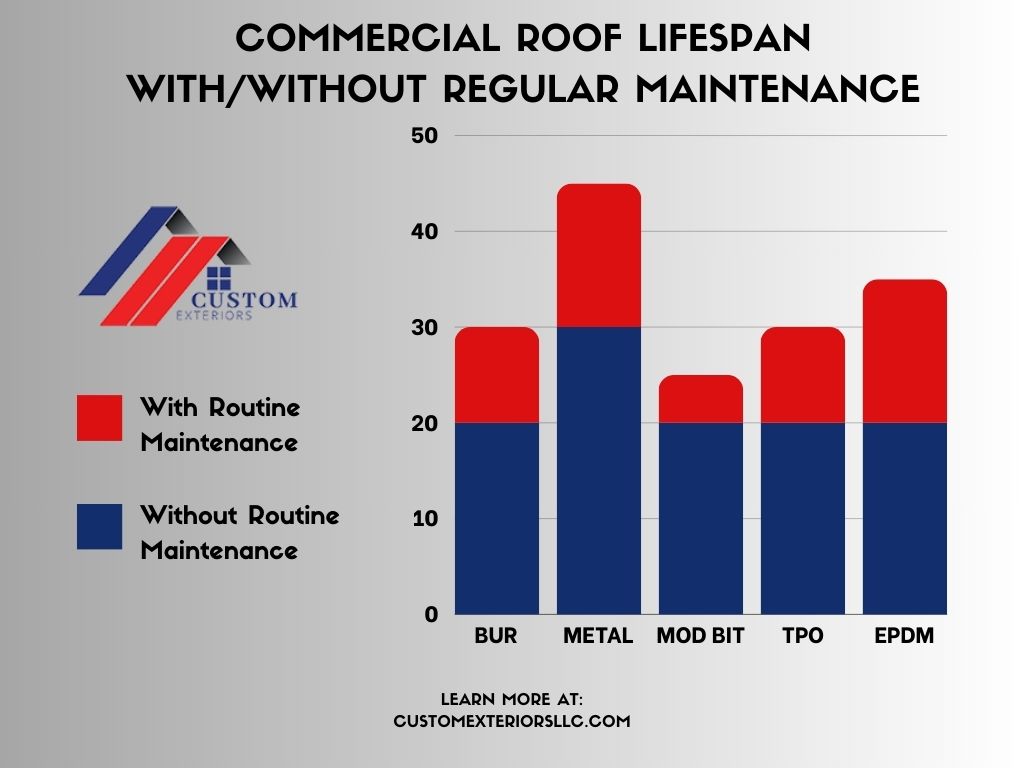
Regular roof maintenance has significant financial benefits. By addressing small issues before they become big issues, you effectively extend the life of your current roof and lower maintenance costs. You can increase energy efficiency and even lower operational costs. Over time, these savings add up, making the investment in regular maintenance well worth it.
Timing your replacement during off-peak seasons
It’s no secret that roofers are typically in high demand during the summer months in Colorado. Our severe weather often creates more replacements and repairs than most can handle. This can cause price increases due to labor and material shortages and limit the choices of who can replace your roof. During these peak seasons, reputable roofing companies tend to book solid. This leaves the option of another (possibly less reliable) roofing company or a significant delay in starting your project.
On the other hand, consider scheduling your roof replacement on the shoulders of severe weather season. If you schedule before the roofing season begins or after the majority of the repairs are completed, you will have a better selection of contractors and possibly pricing.
When using this plan, remember that roof replacements can take time. If they are covered by insurance, that will extend your timeline. Materials will need to be chosen and delivered, which can take weeks. To make the most of off-peak season advantages, start planning your roof replacement well in advance. Reach out to roofing contractors months before you want the work done. This gives you time to review your estimate and choose the right contractor without feeling rushed.
Consider roof coatings as an alternative
Sometimes, a full roof replacement might not be necessary. Roof coatings can serve as a cost-effective alternative. They offer a way to extend the life of your existing roof without the hefty price tag of a complete roof replacement.
Roof coatings are specially designed products that are applied directly to the surface of your existing roof. They are thicker than paint and come in acrylic, silicone, and polyurethane. When used properly, they can repair minor damage, prevent leaks, and improve the overall function of your roofing system at a fraction of the price.
Roof coatings are a great option to:
- Extend your current roofs lifespan
- Improve your buildings energy efficiency (Cool Coatings)
- Increase cost savings
On a typical summer afternoon, a clean white roof that can reflect 80% of sunlight will stay 50 degrees cooler than a grey roof that can only reflect 20% of sunlight. ~ EnergyStar.gov
Final Thoughts: Leveraging savings in Commercial roofing
Managing properties means managing expenses without compromising quality. From understanding how to leverage insurance coverage, especially in Colorado, to investigating tax credits and incentives for energy-efficient roofing options, there are many ways to try to save some money when replacing a commercial roof.
Of all the subjects discussed, from our experience, the most effective savings is regular maintenance. When you factor in the extended lifespan of a well-maintained roof, with the lack of many major repairs and the possible increase in energy efficiency, bi-annual maintenance should be on every building owner’s radar. Remember, the goal is to achieve a durable, efficient roofing system that meets your needs while matching your budget. With careful planning and the right approach, you can make informed decisions about your biggest assets.


